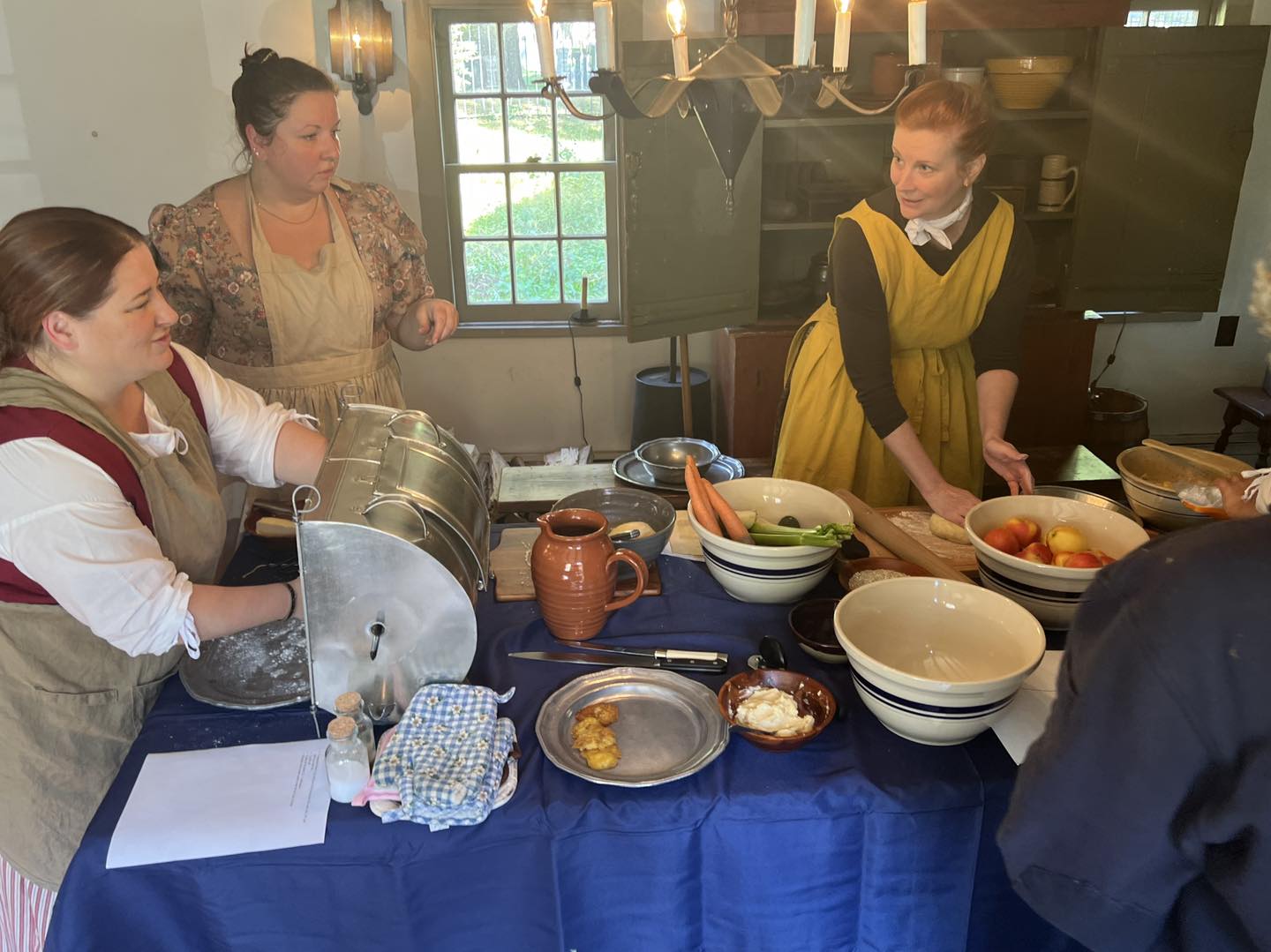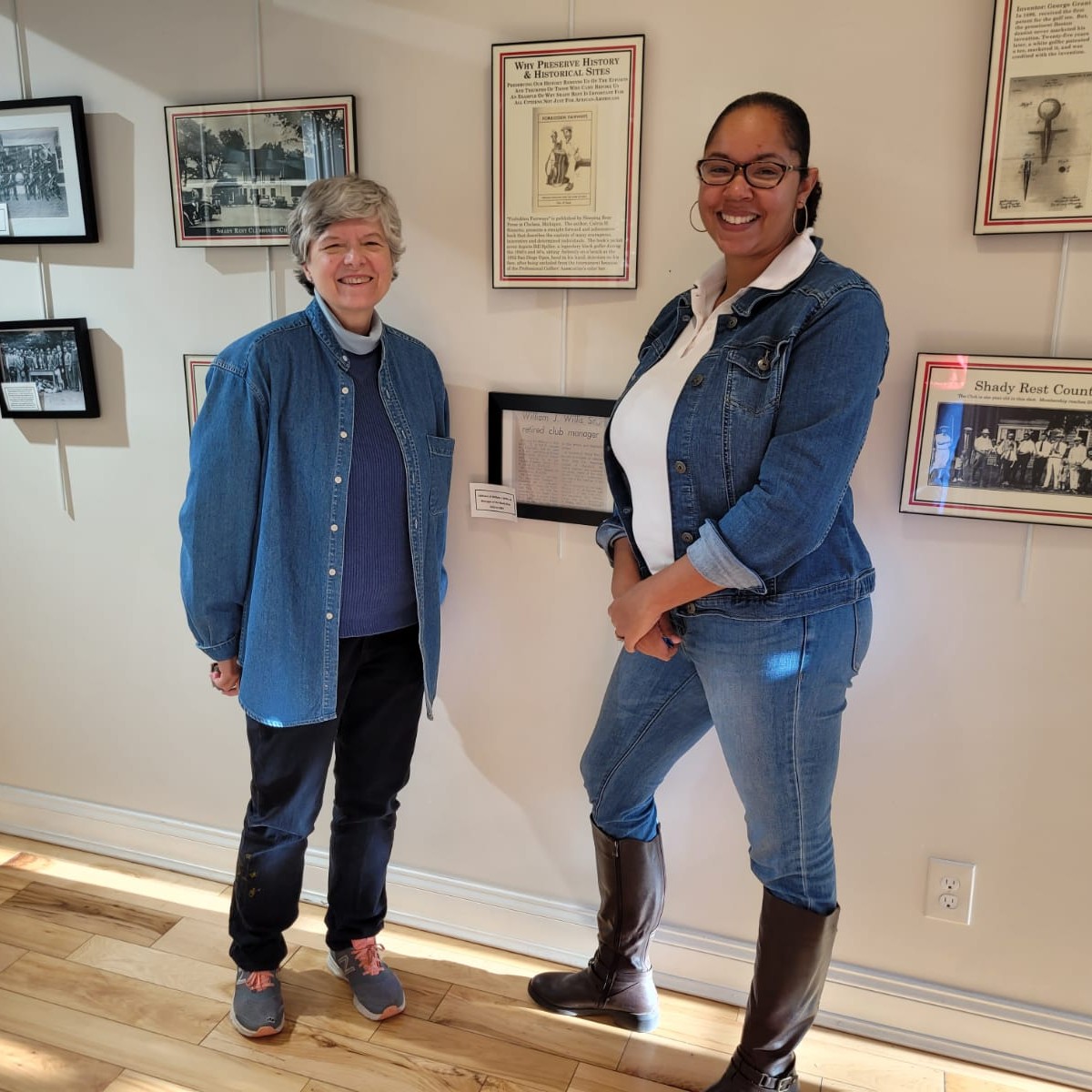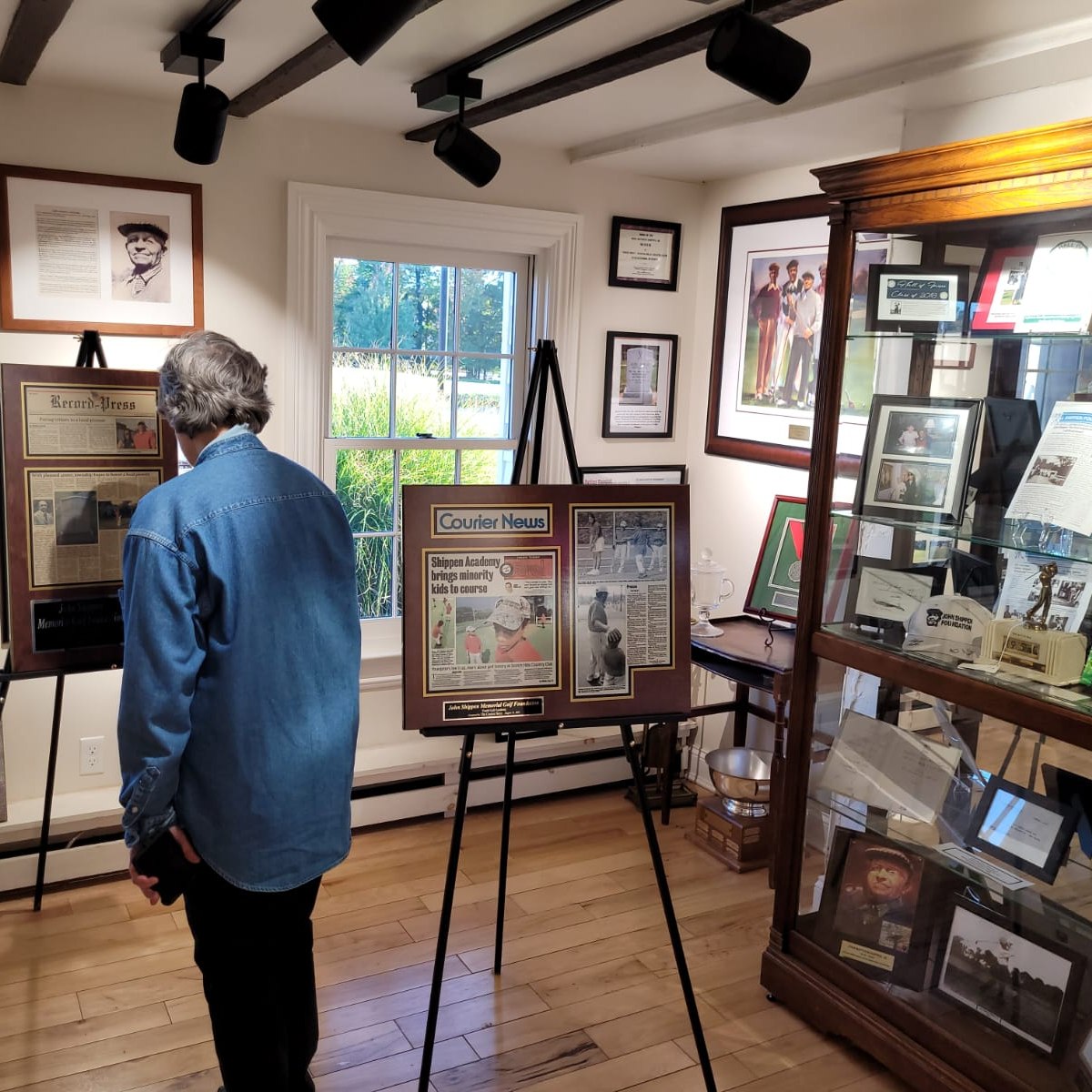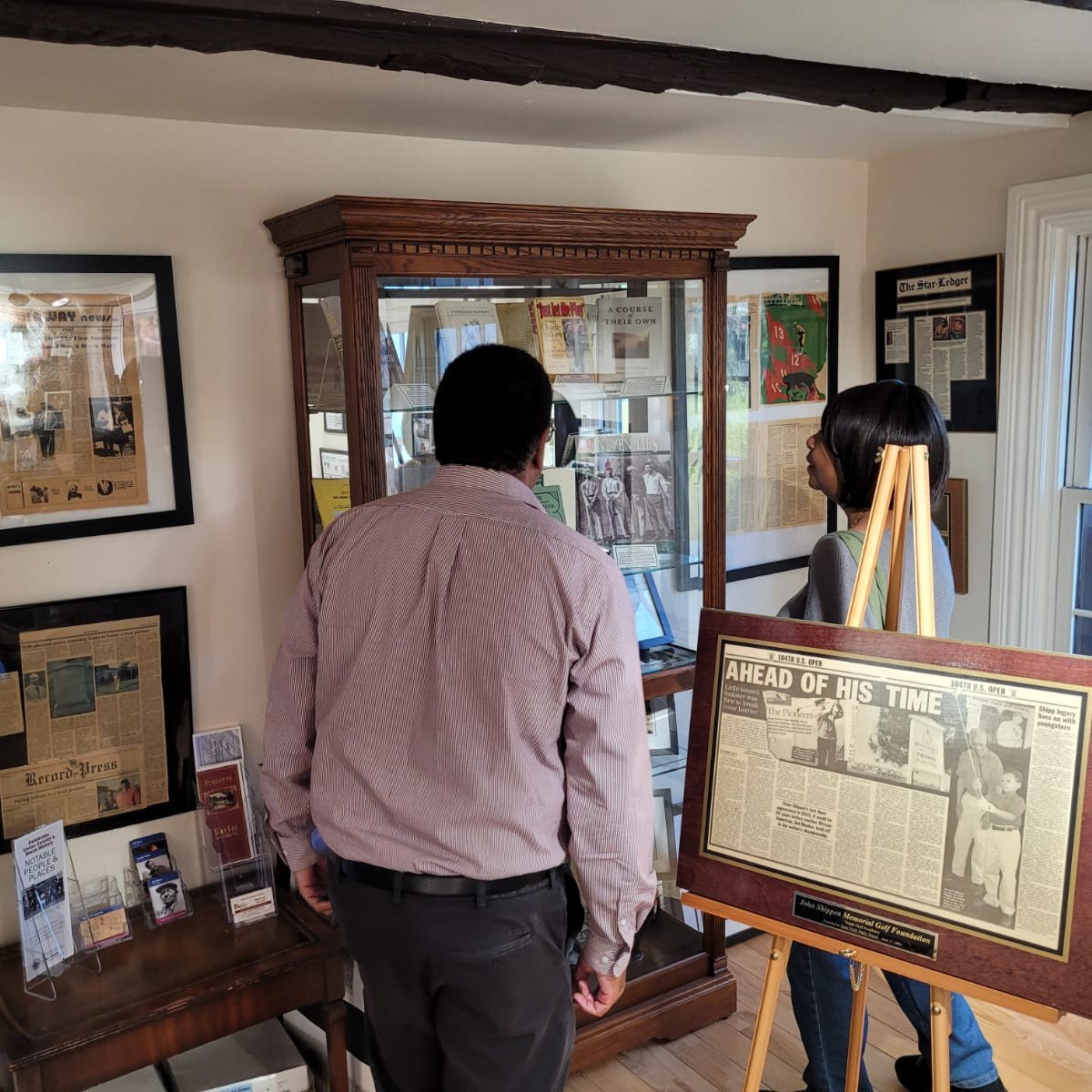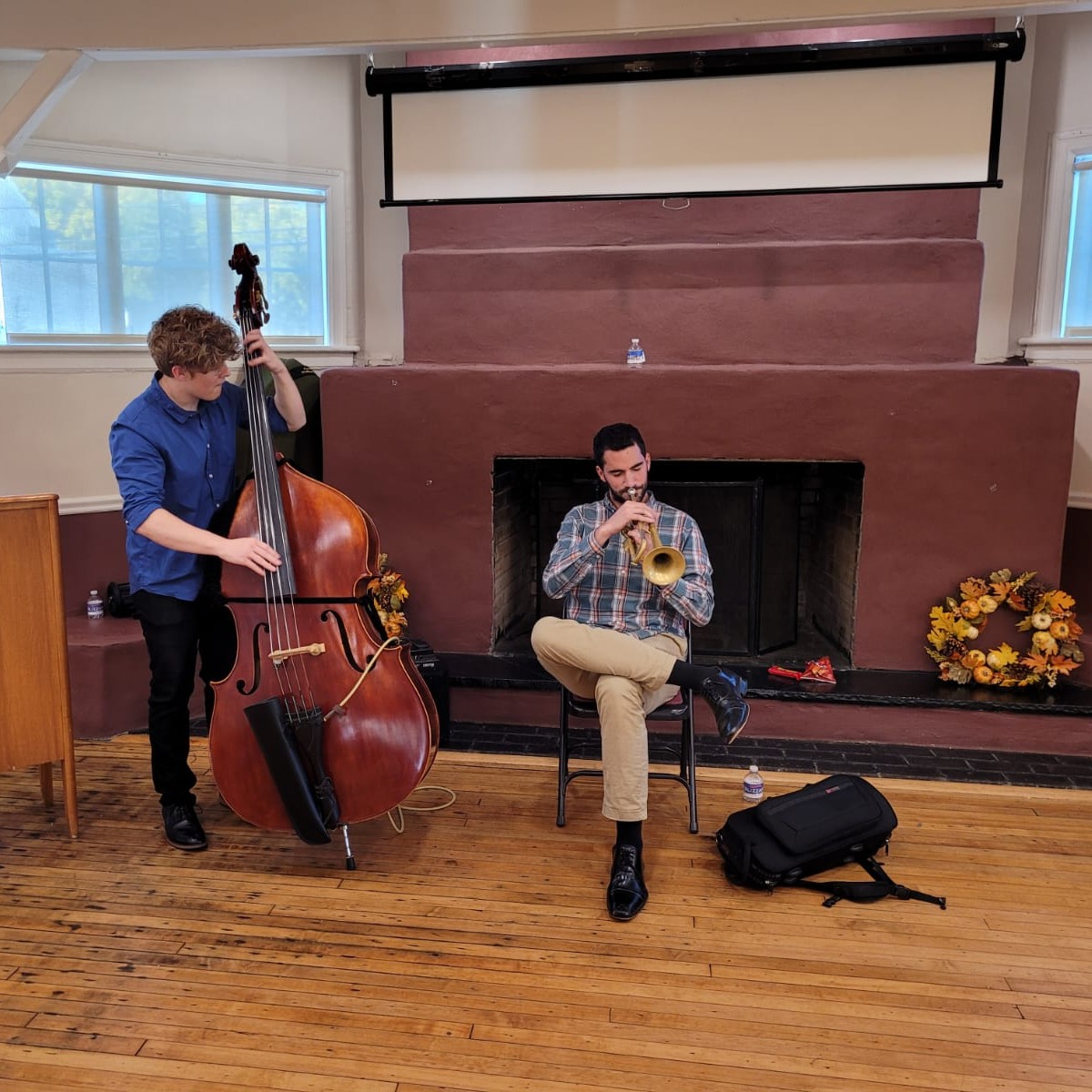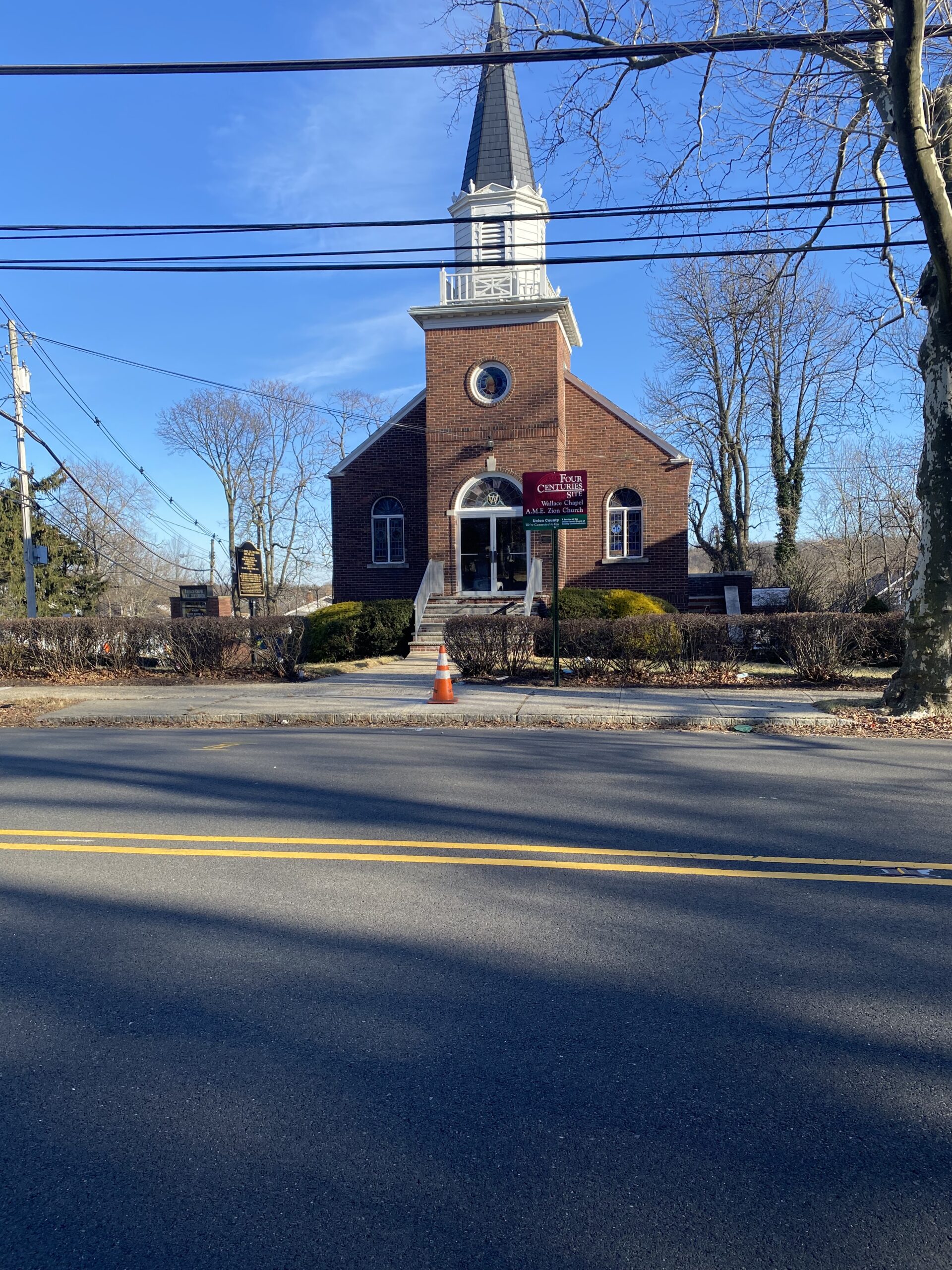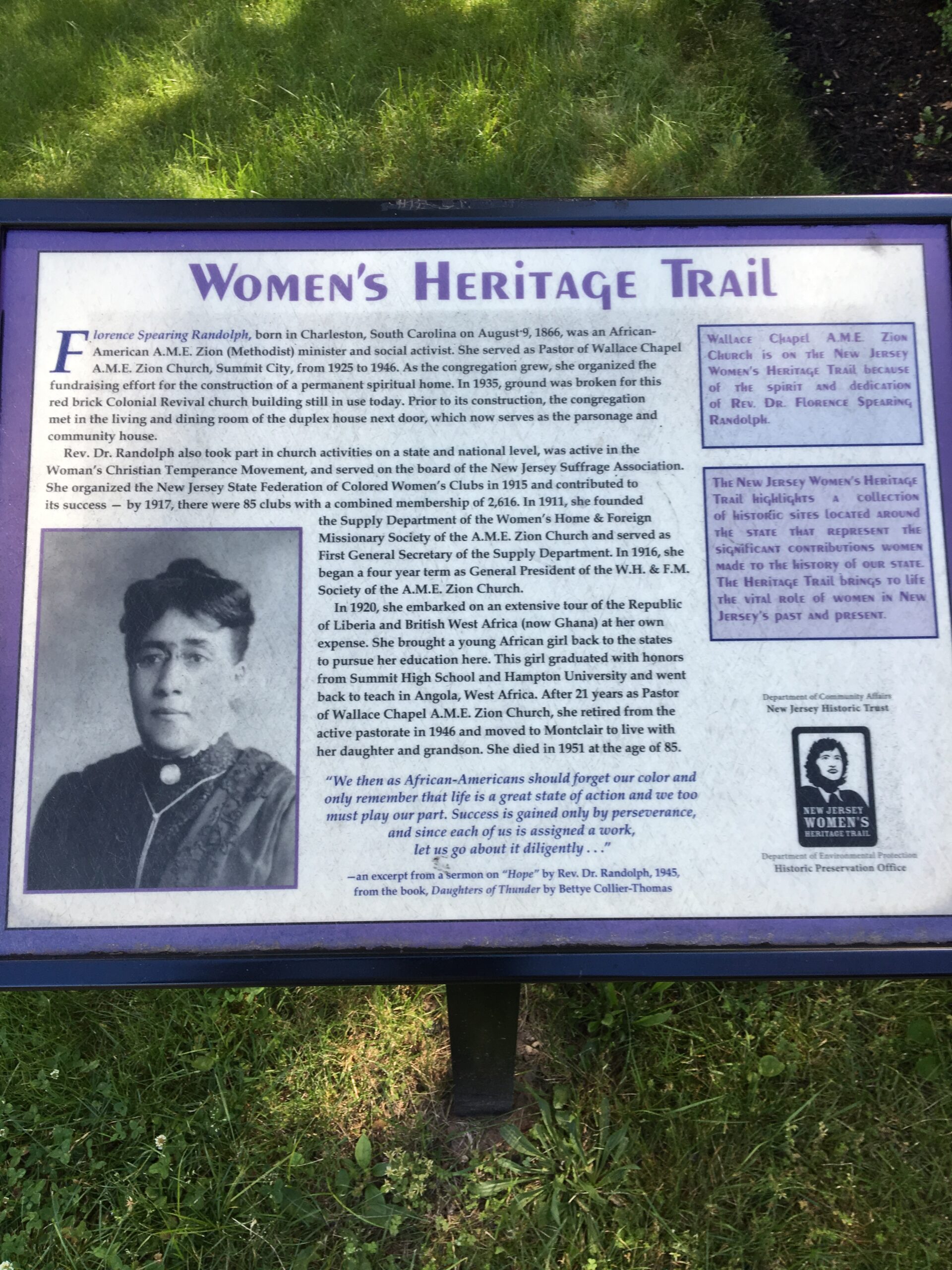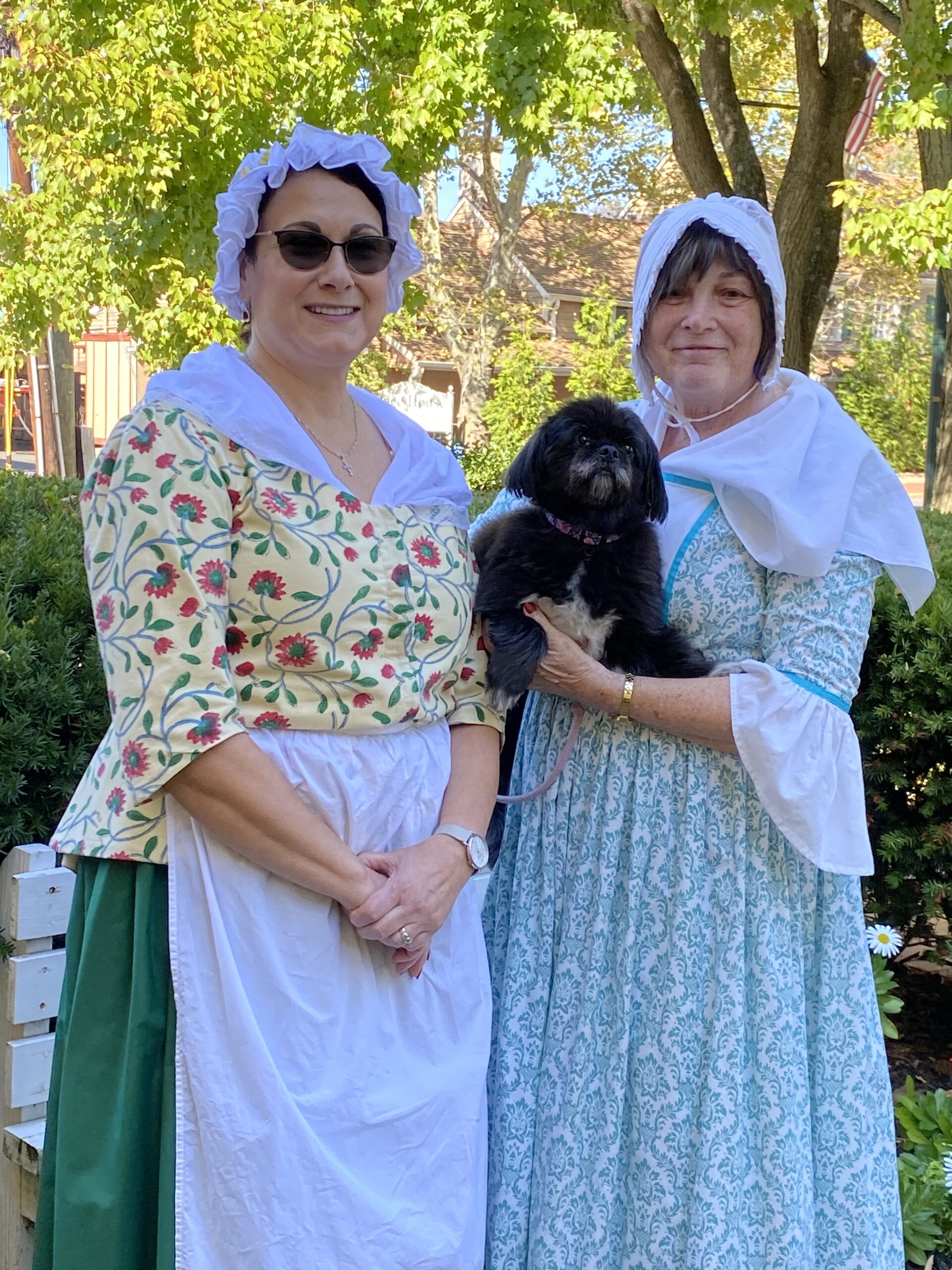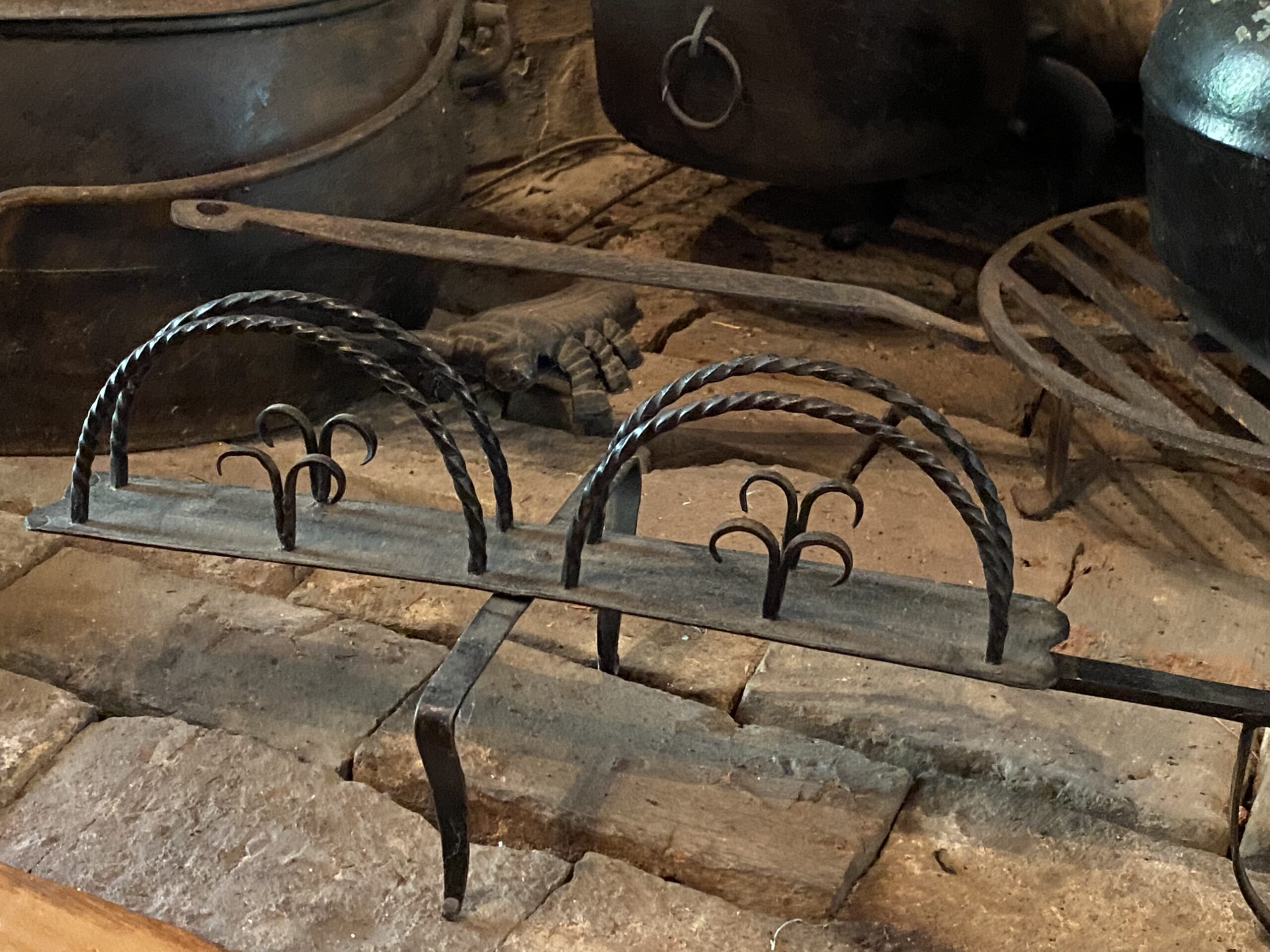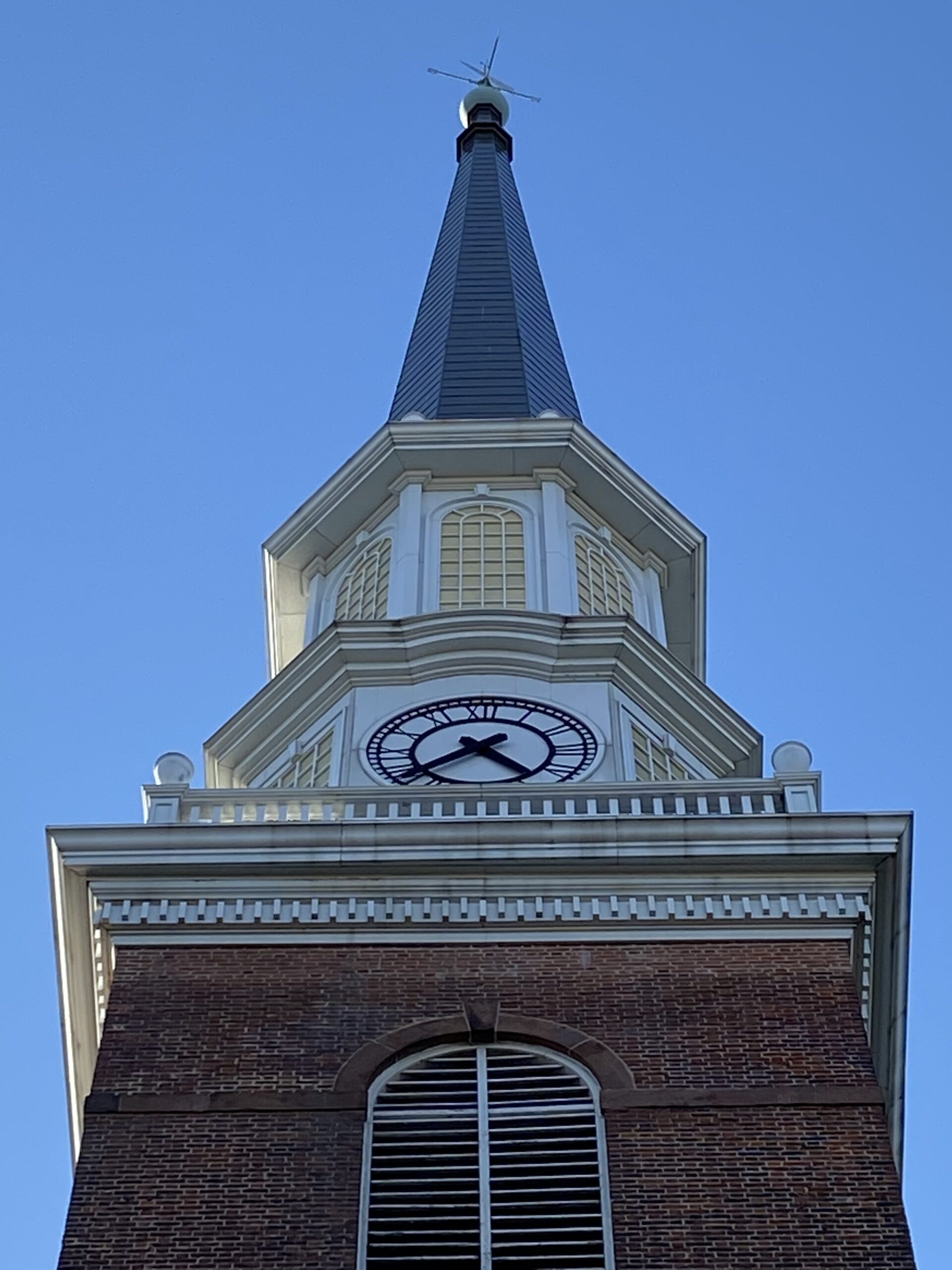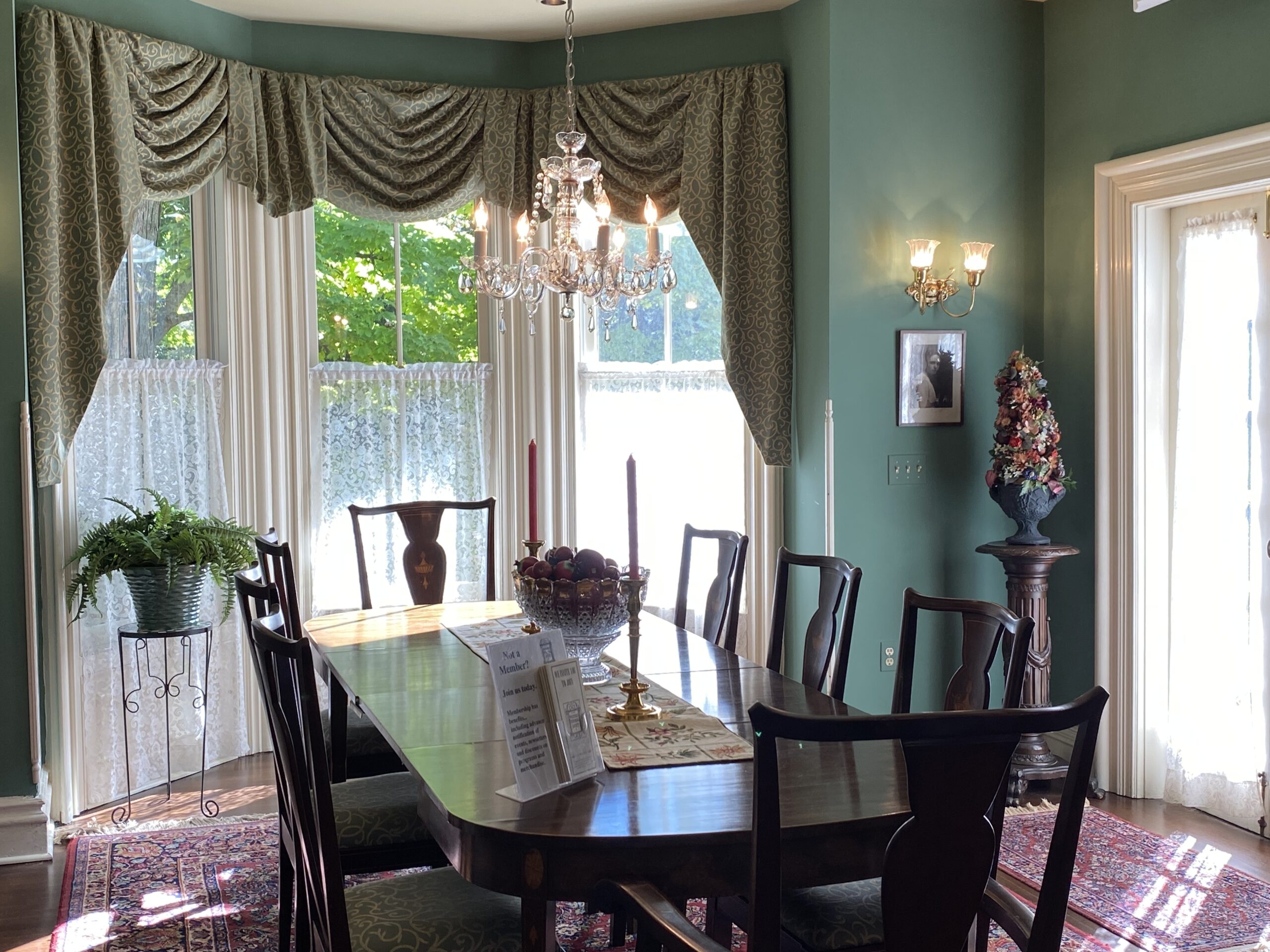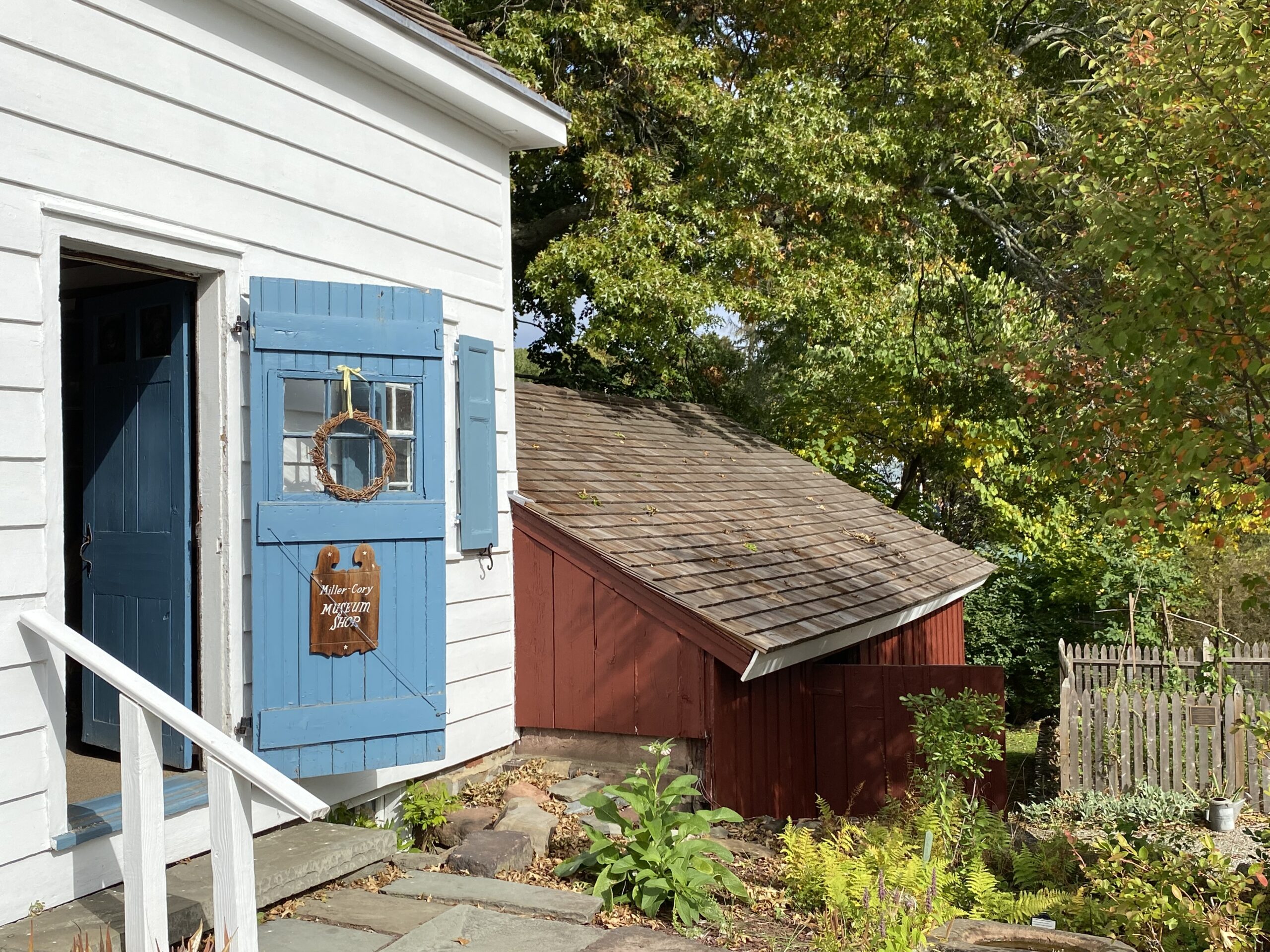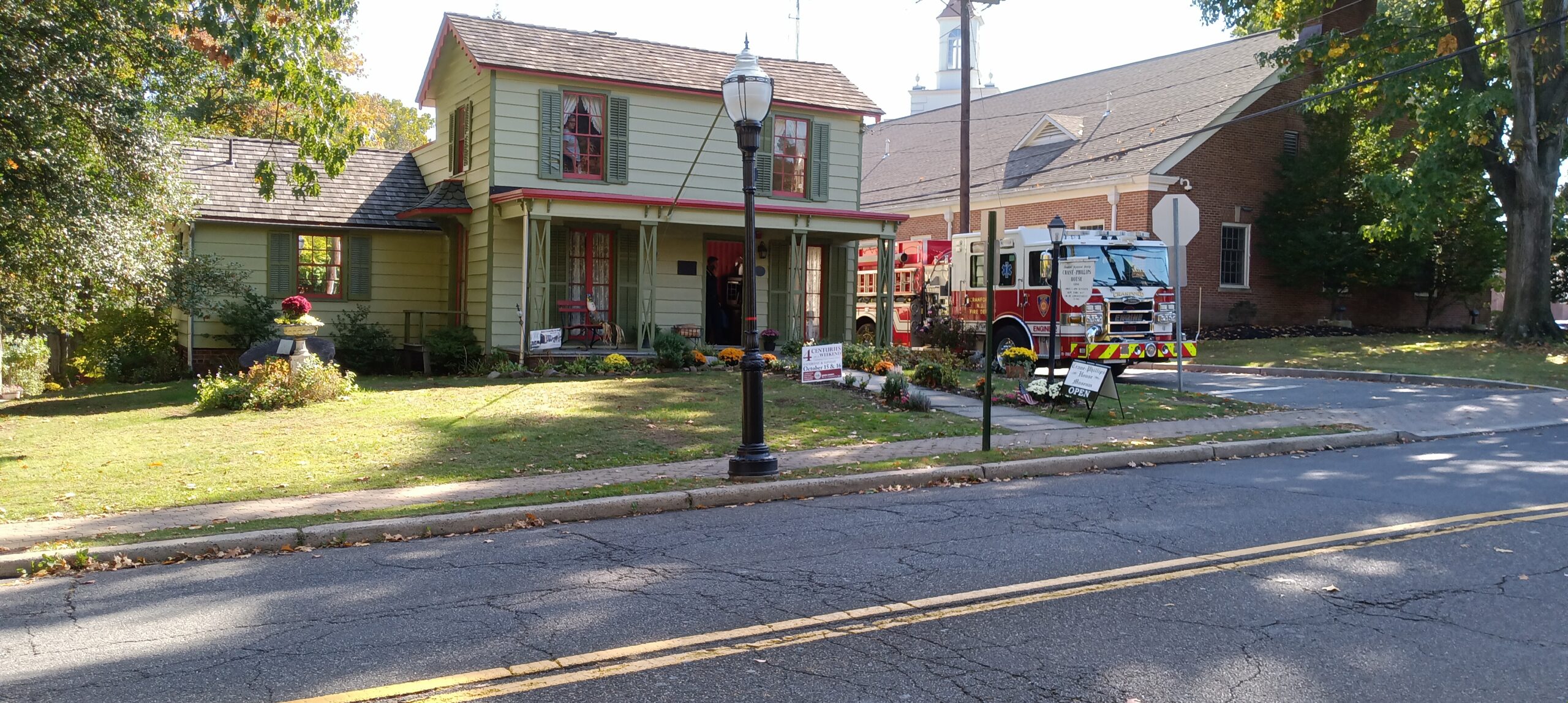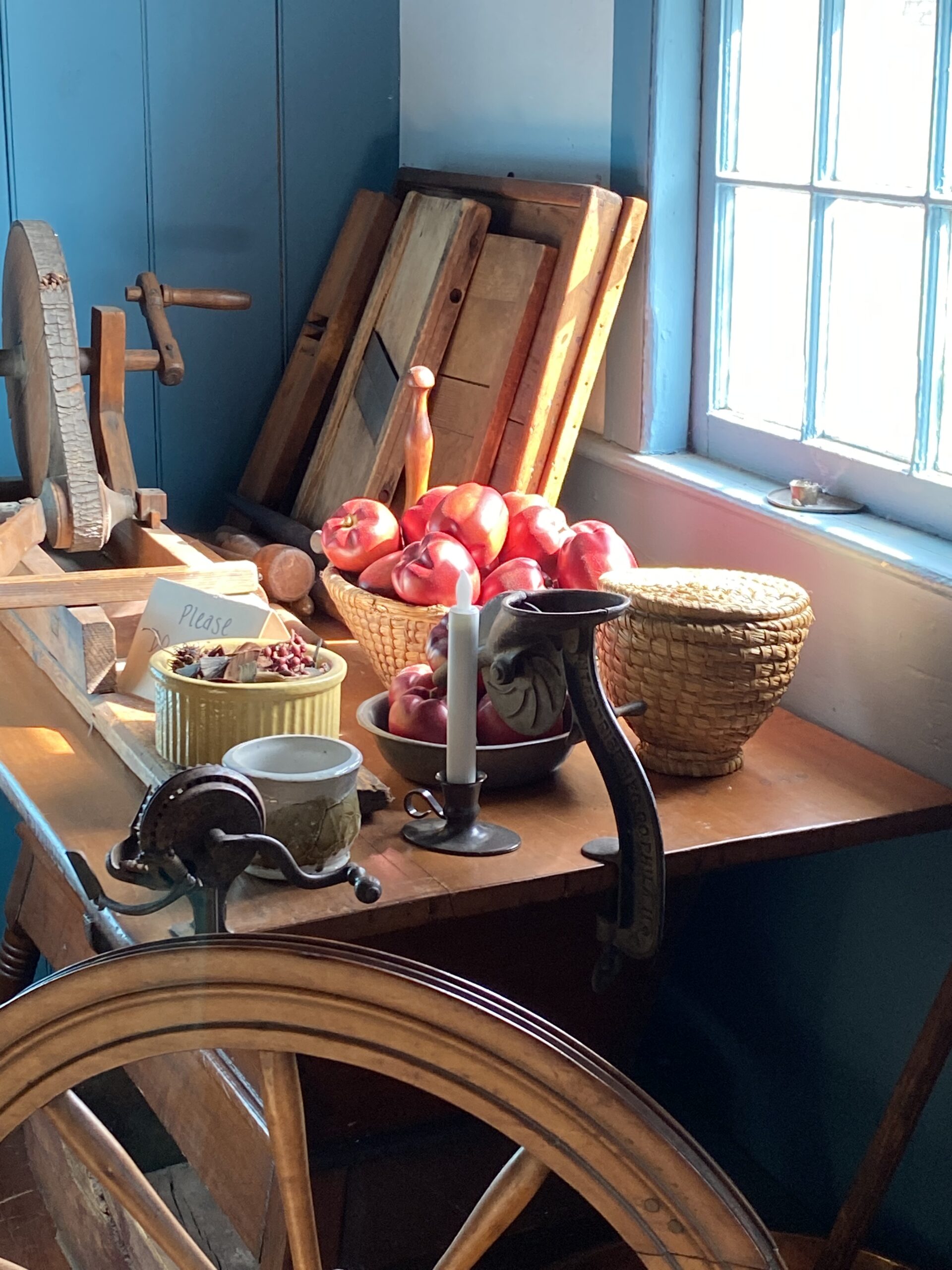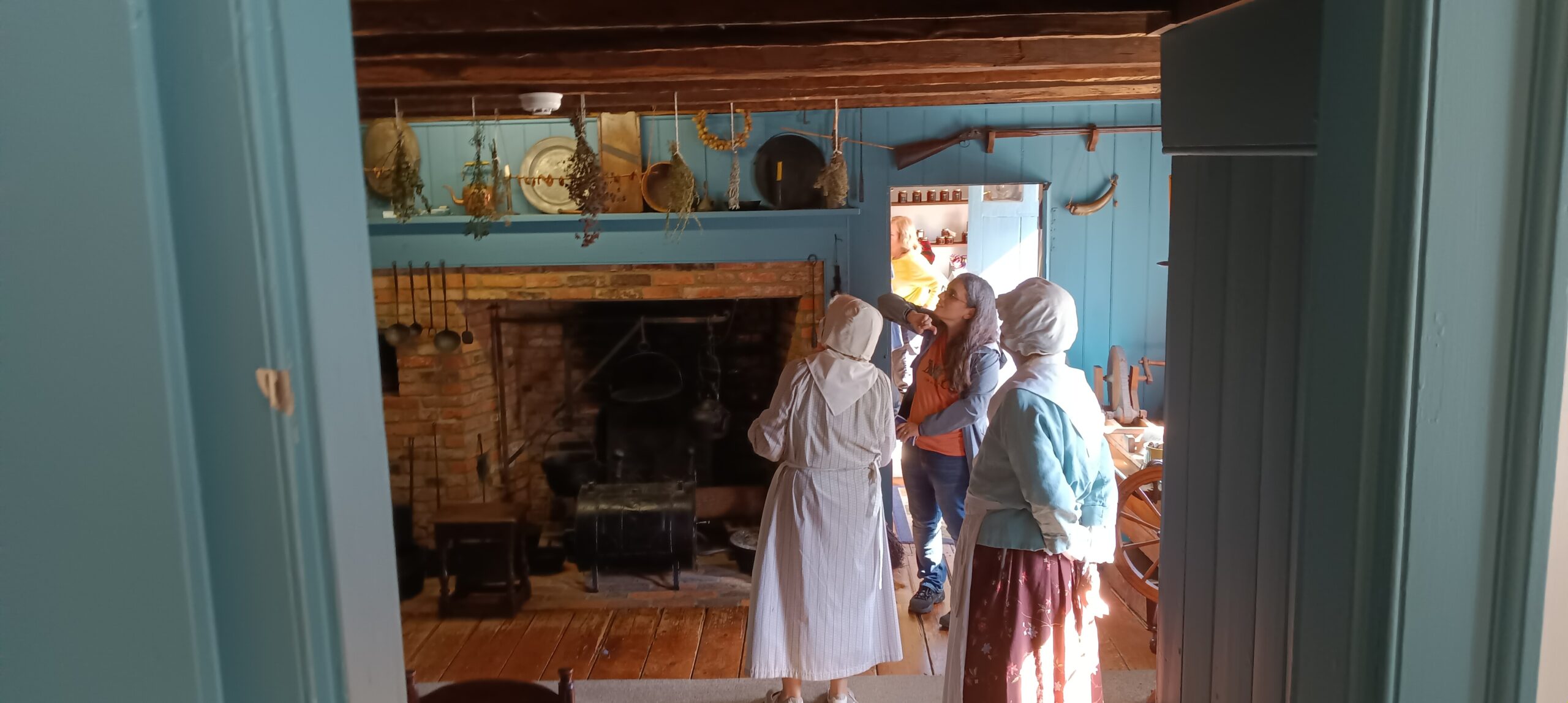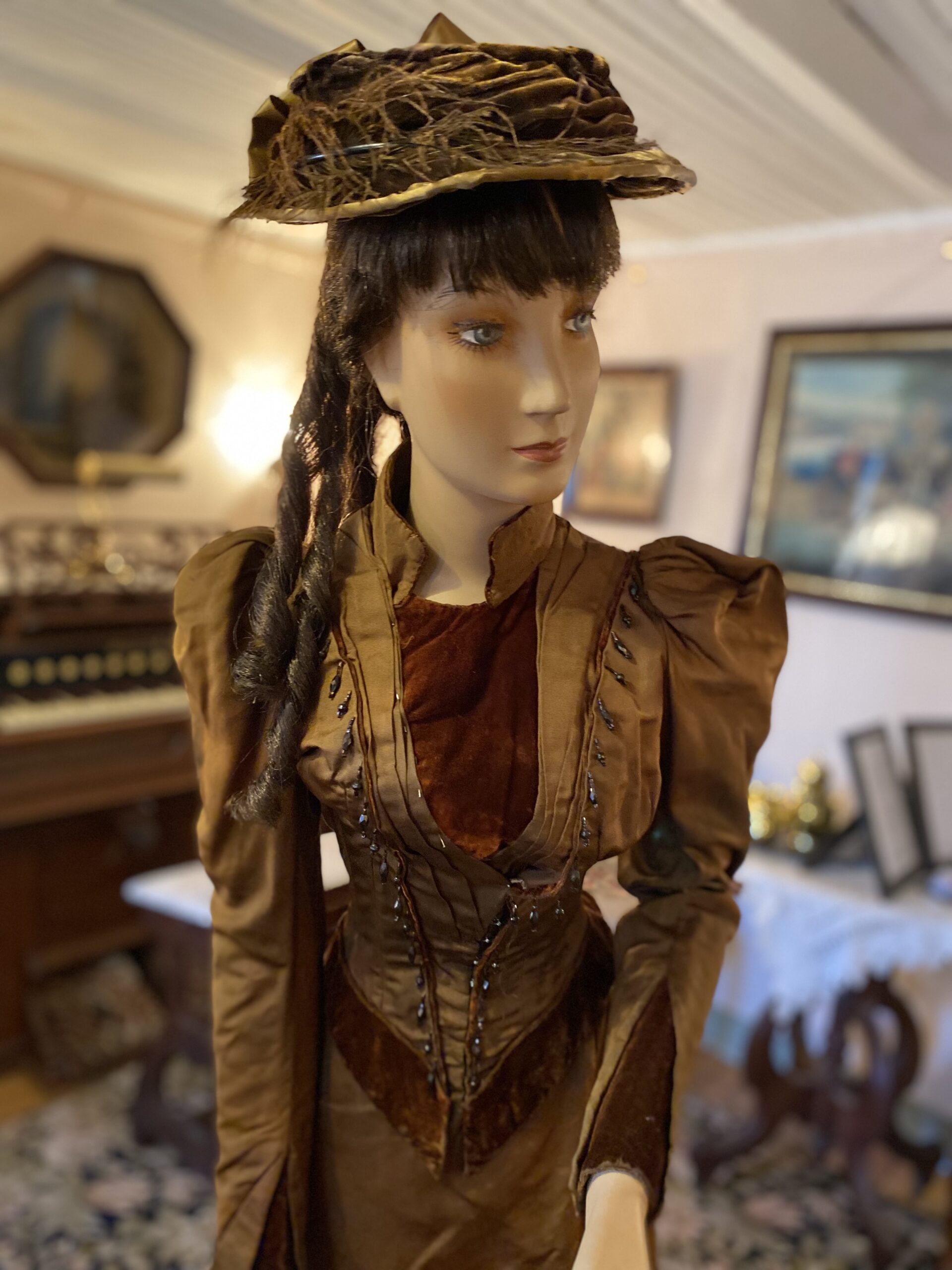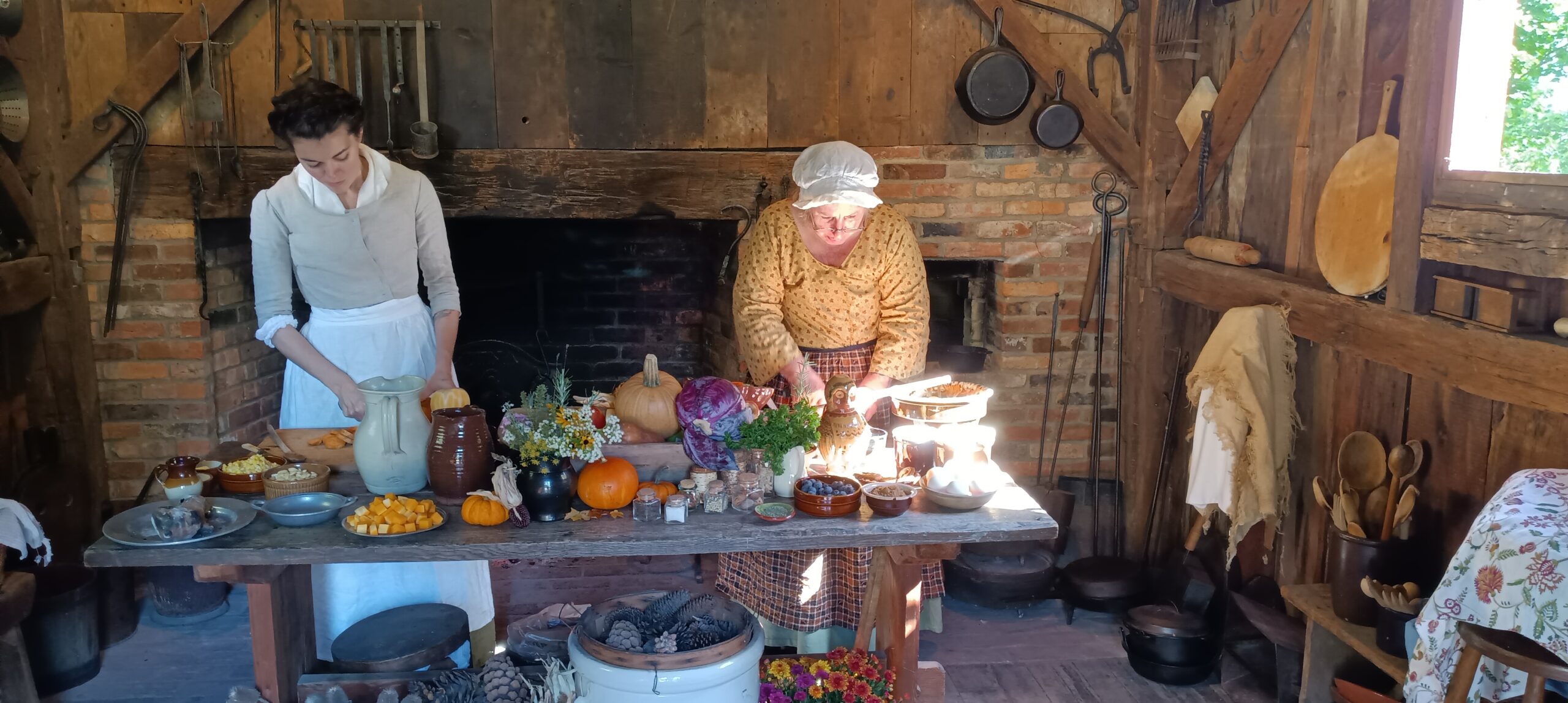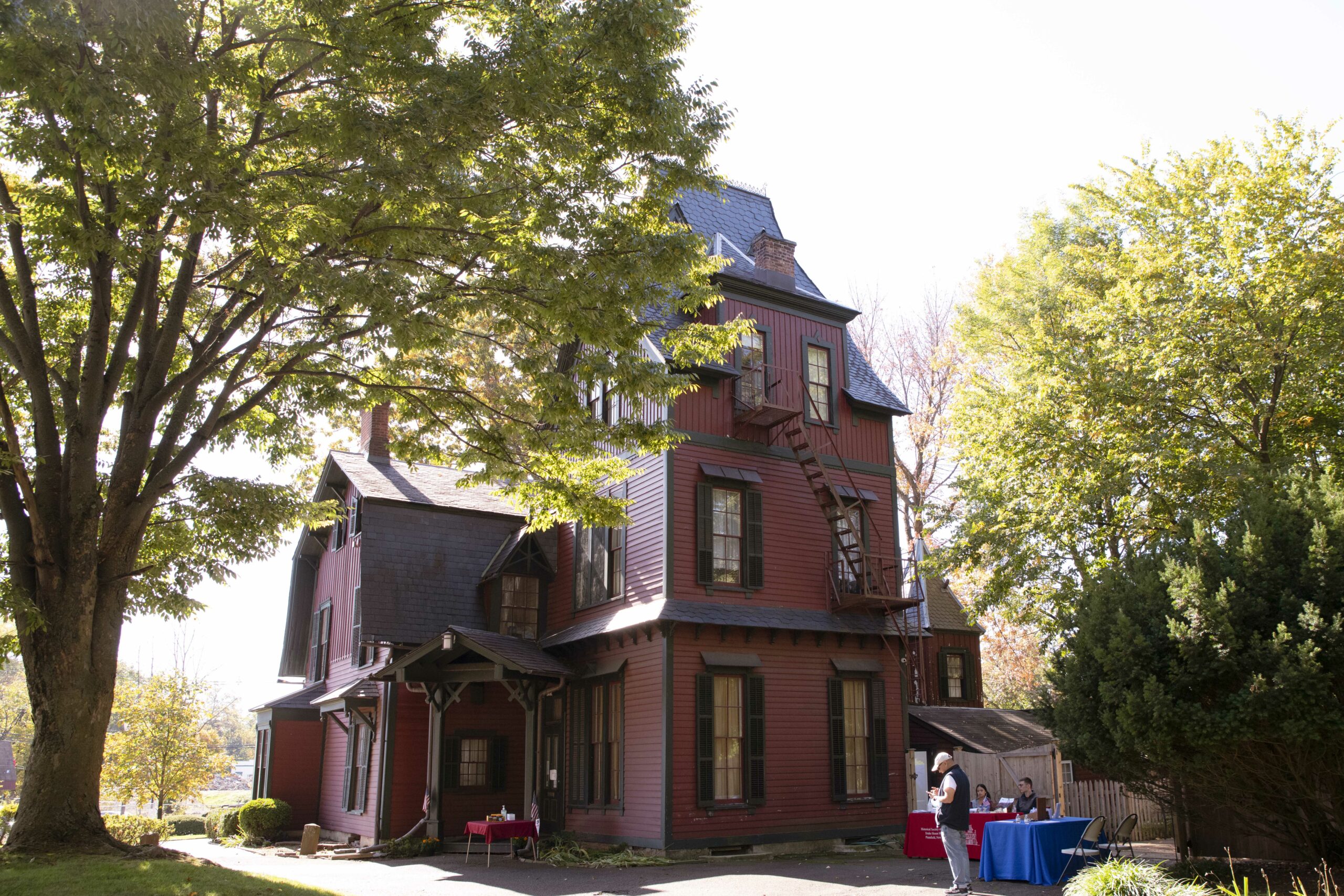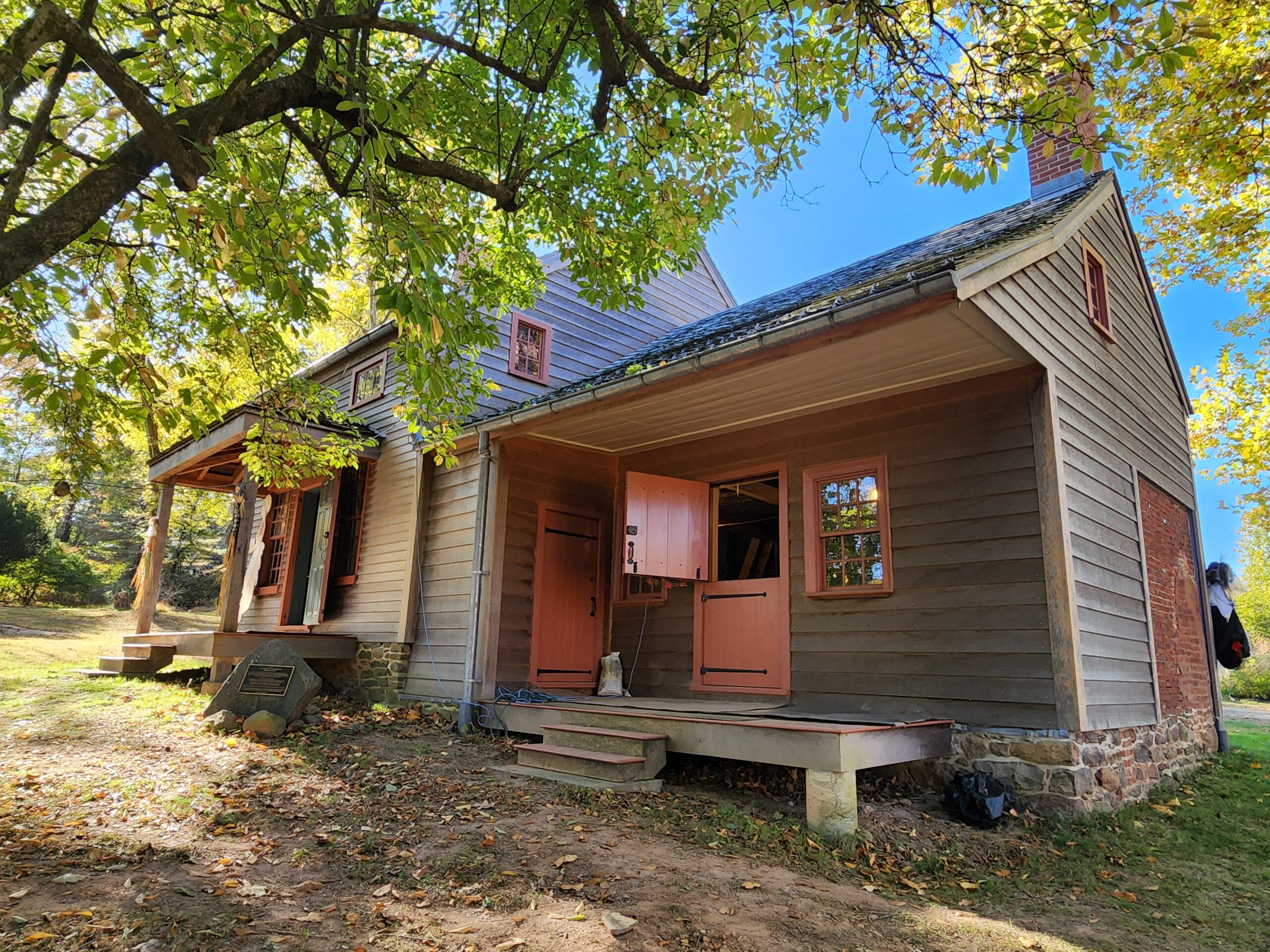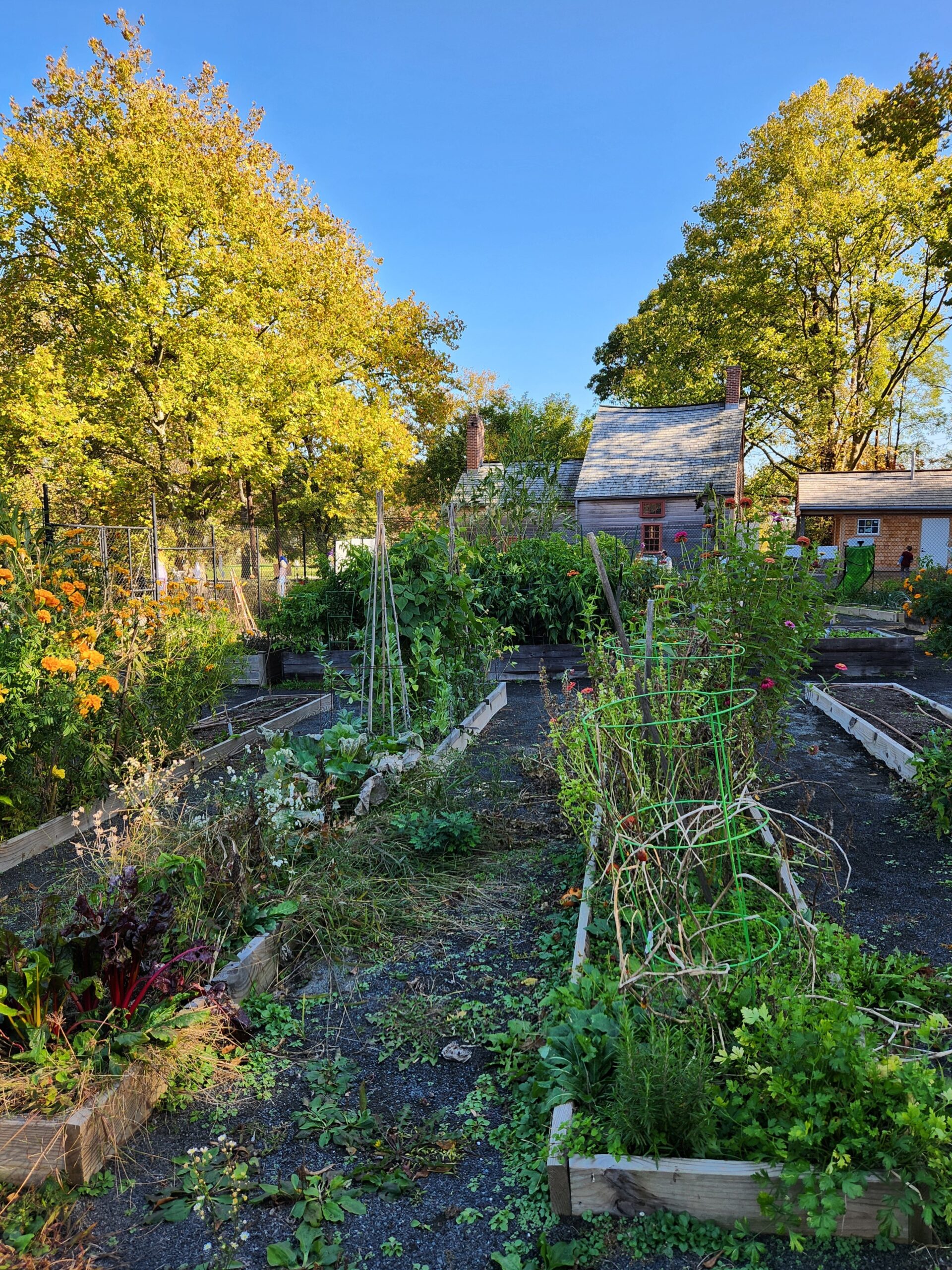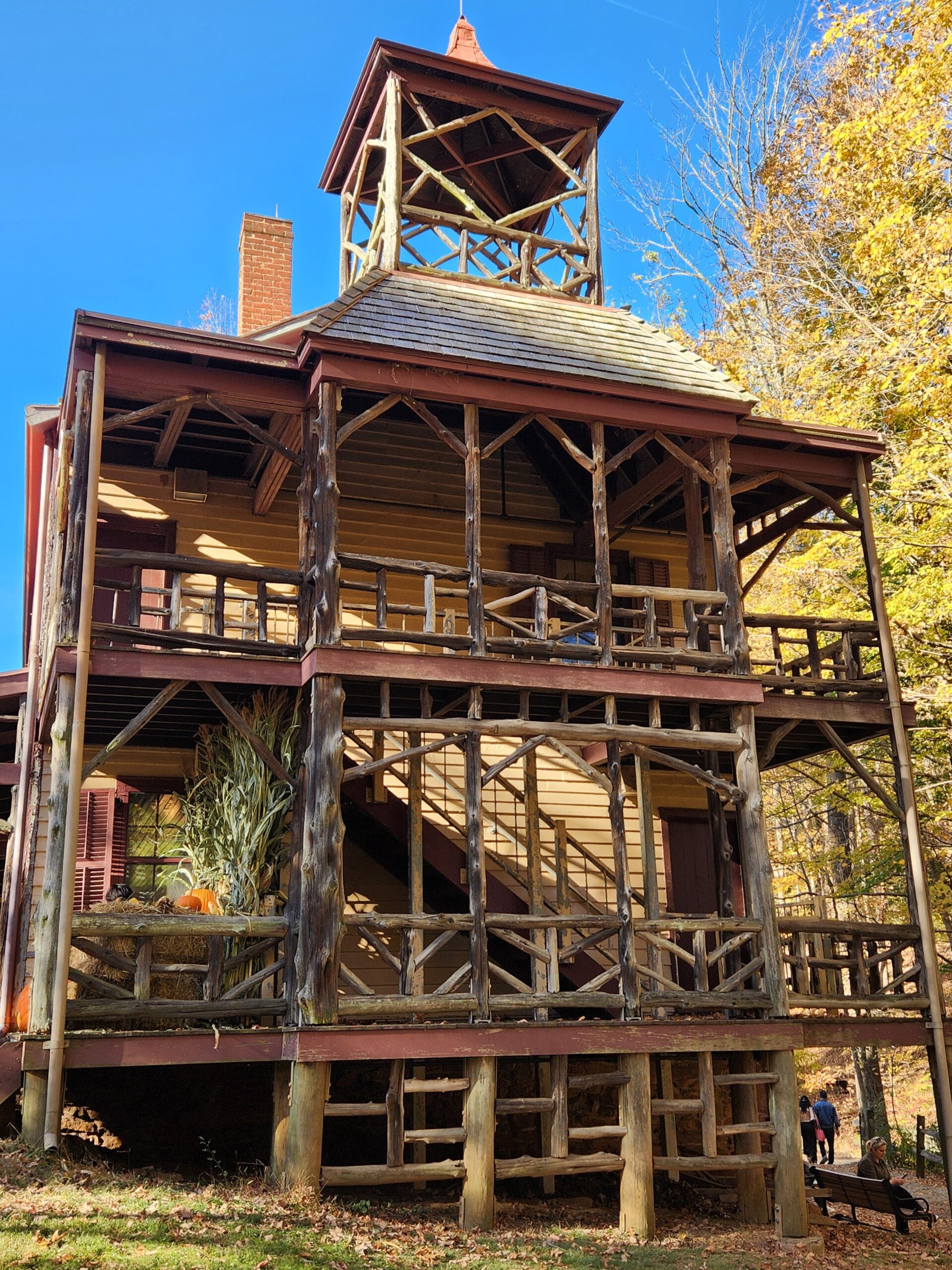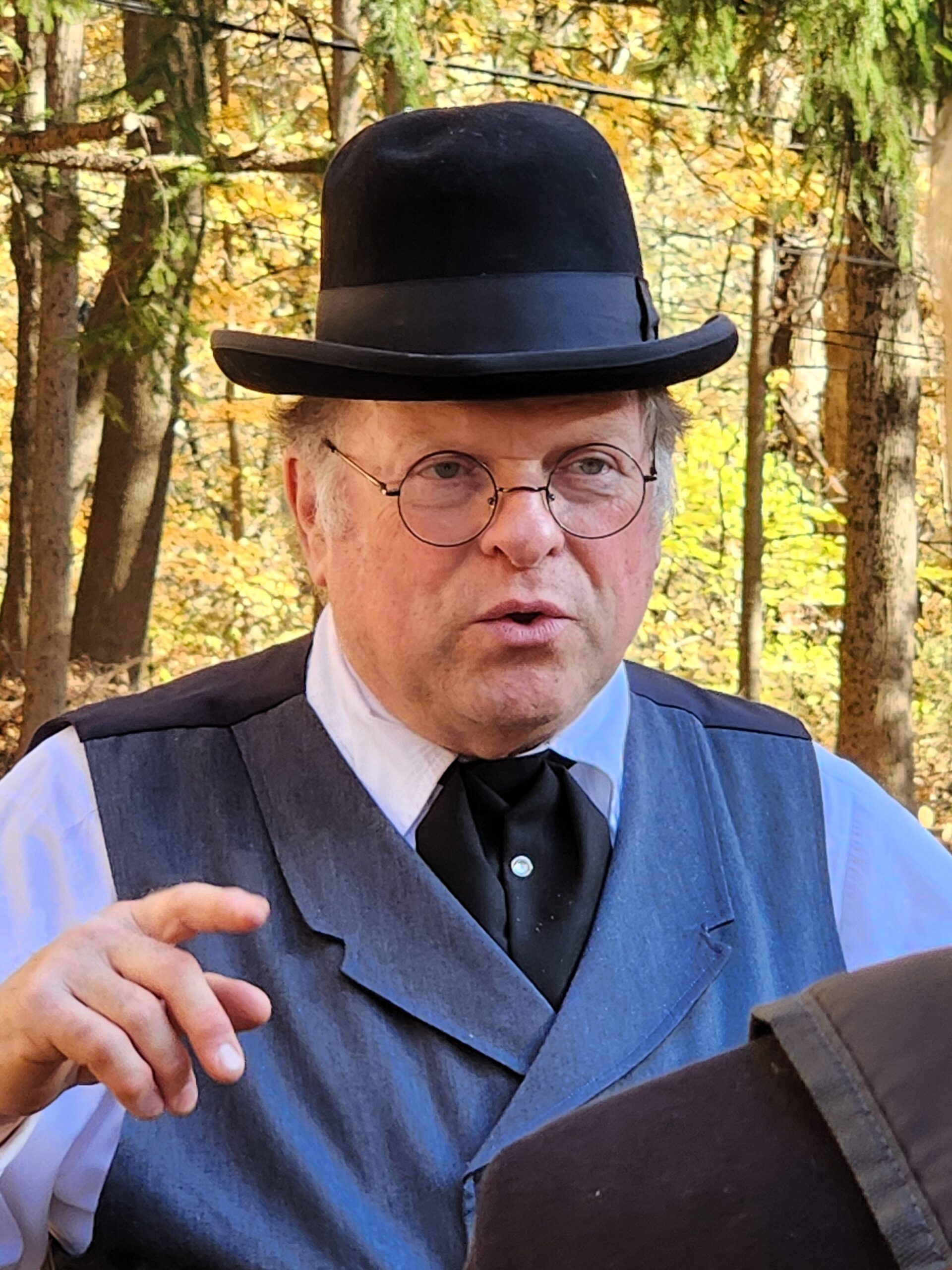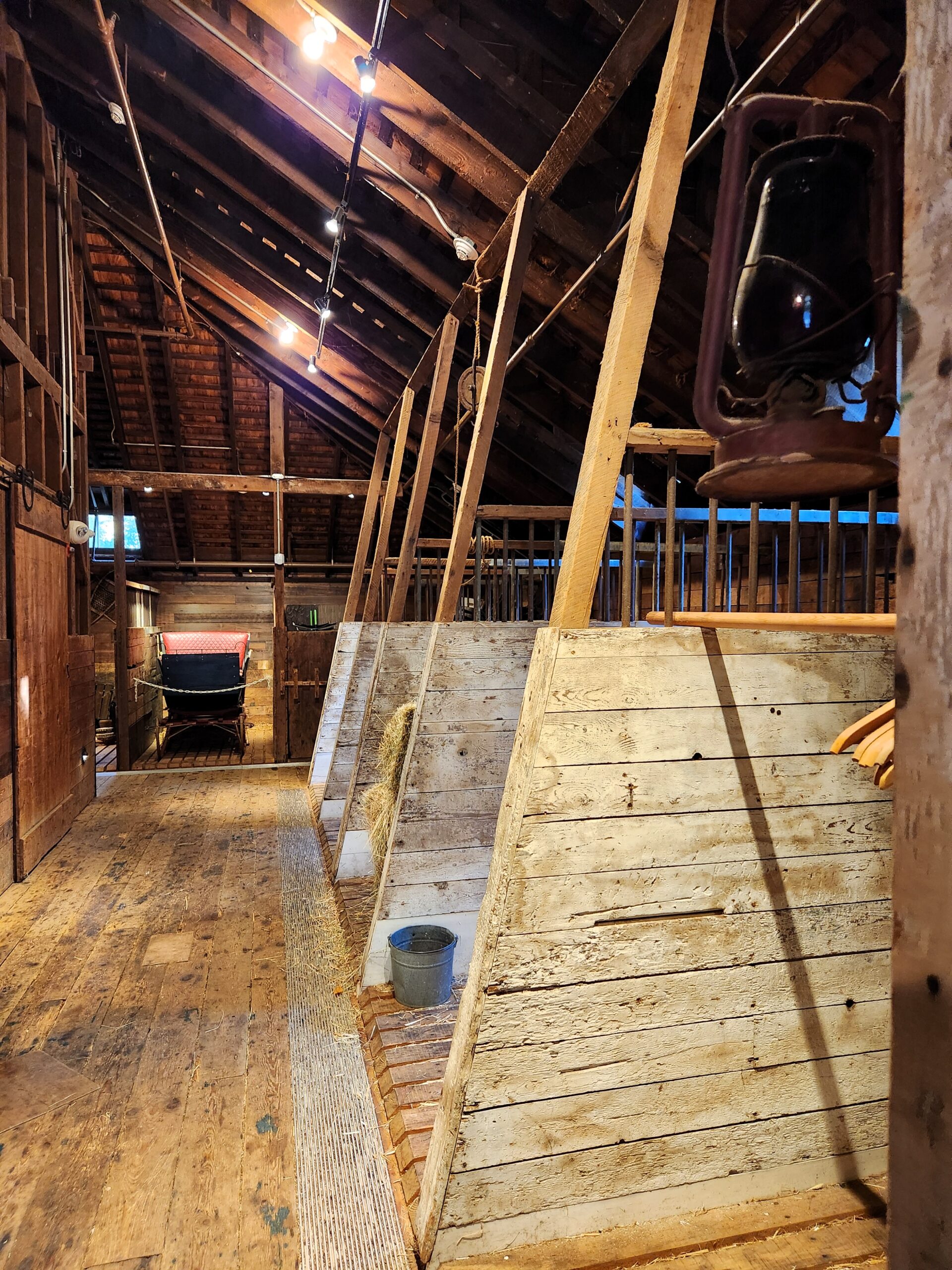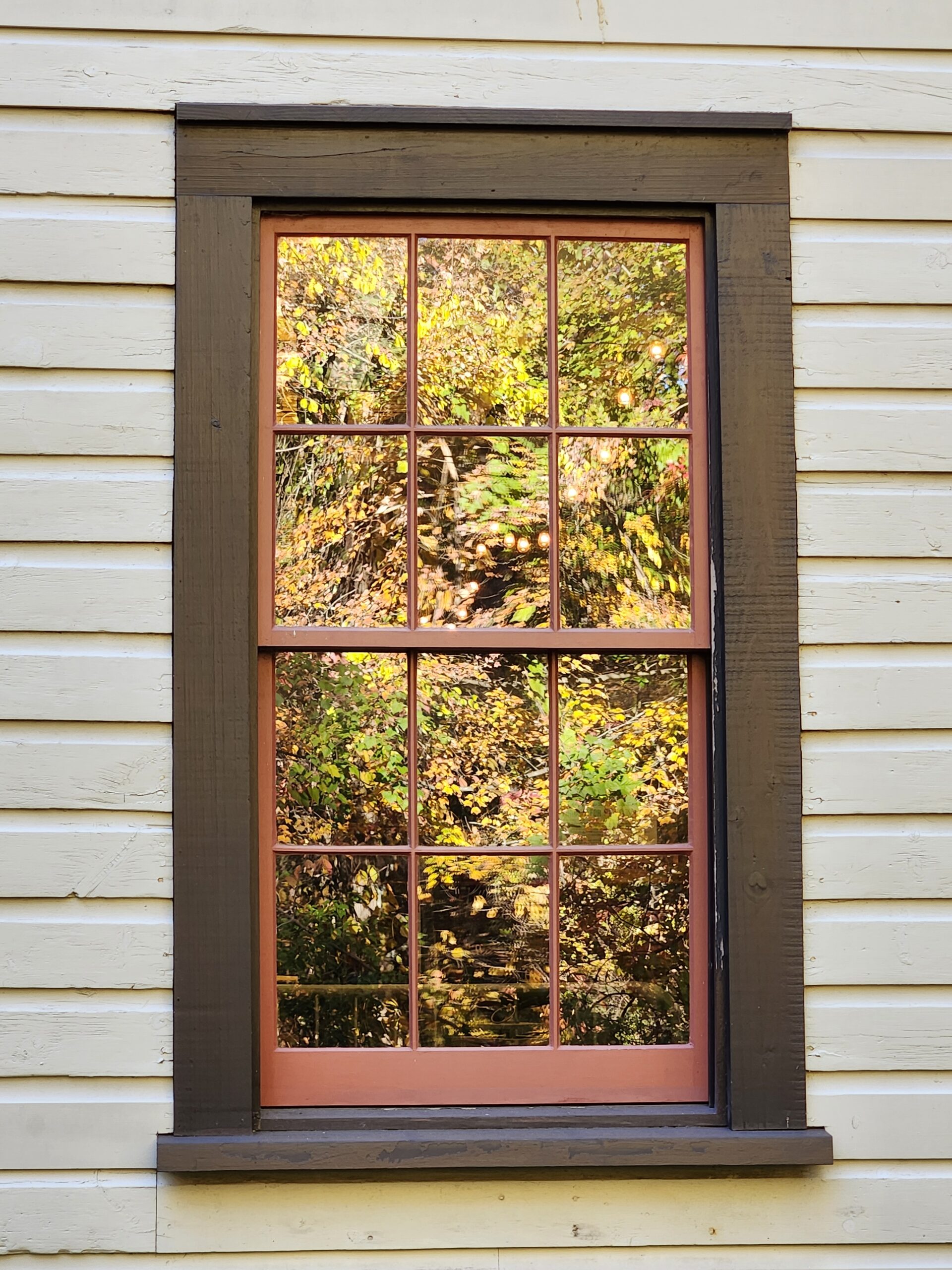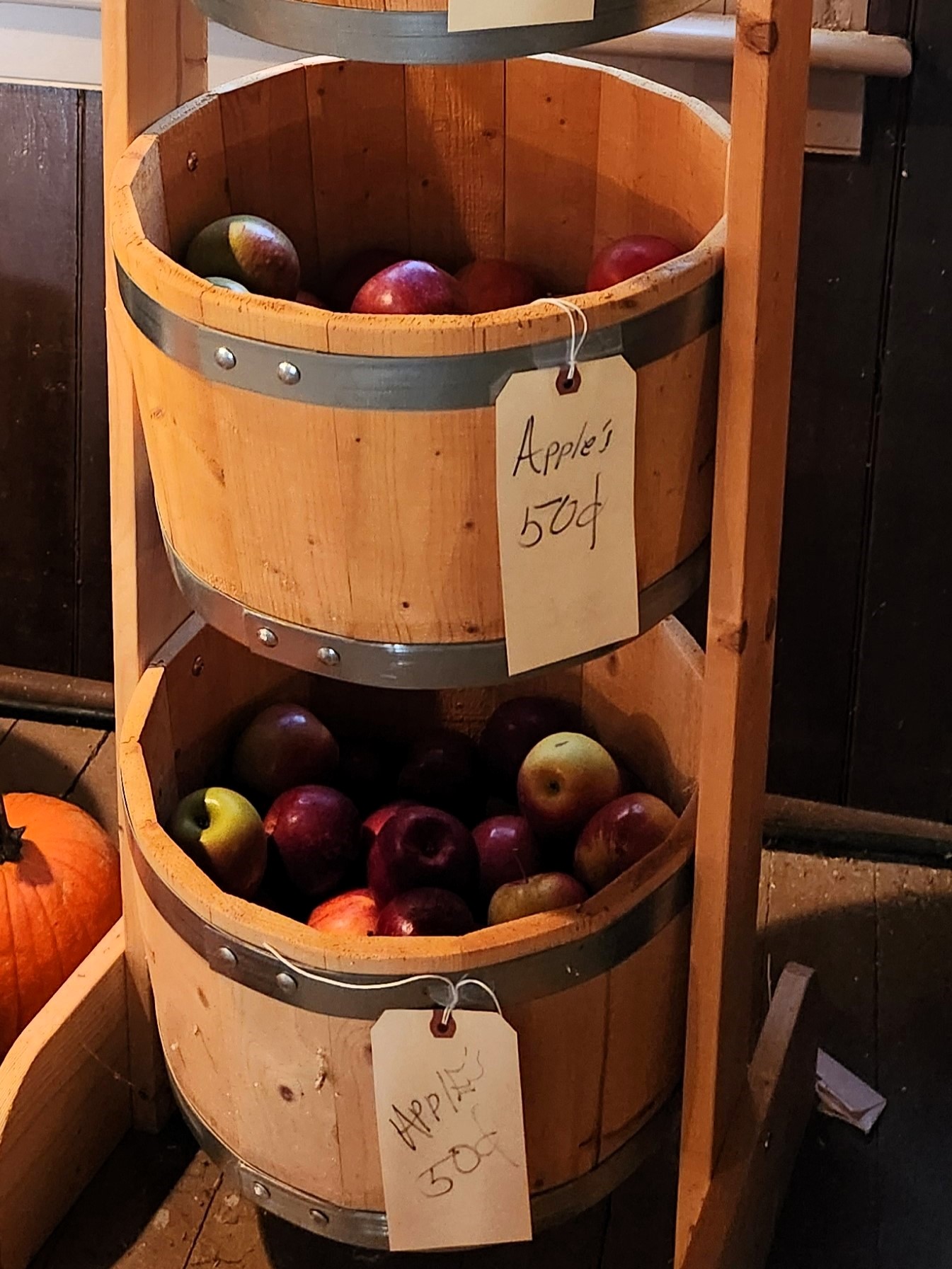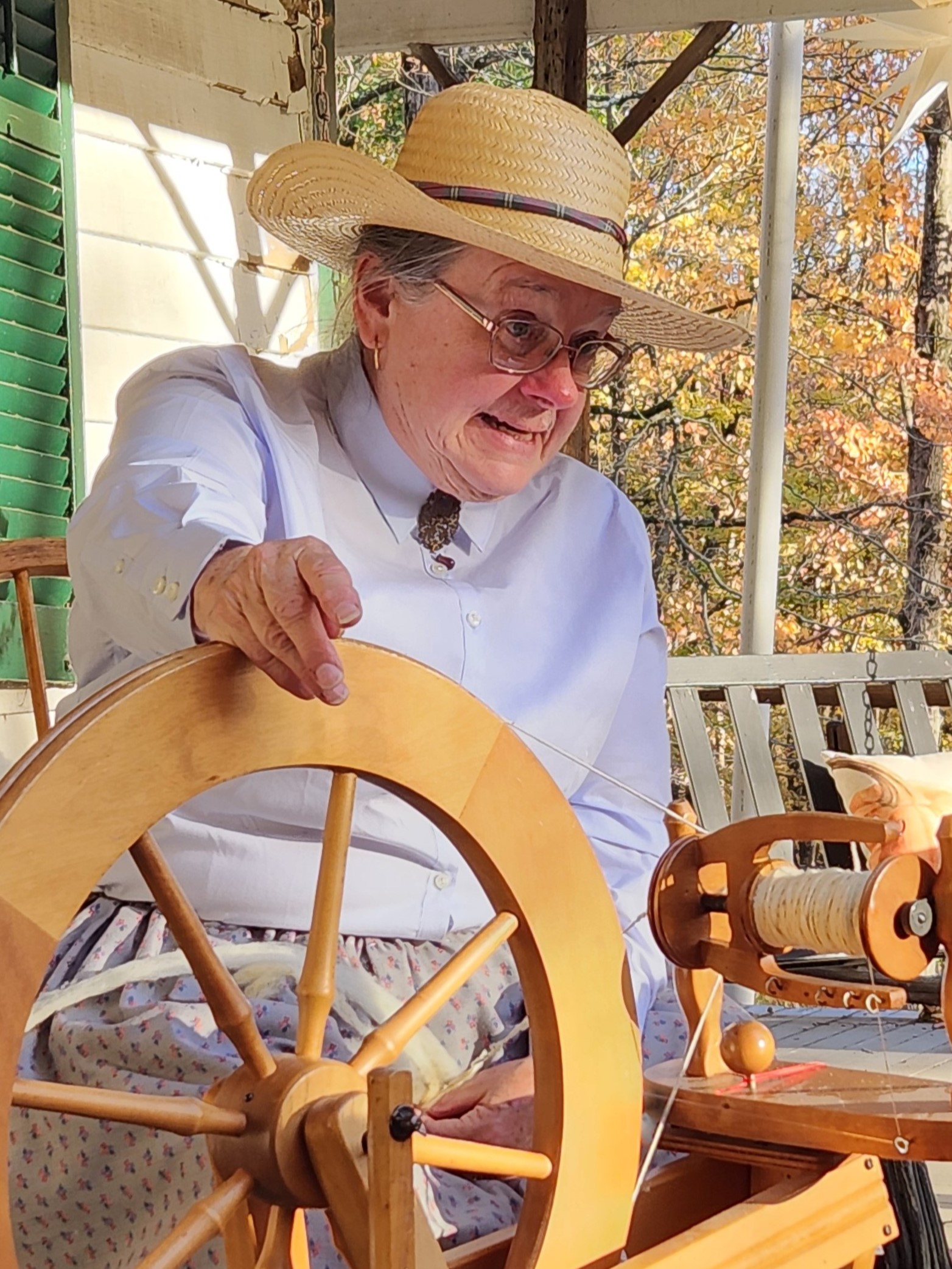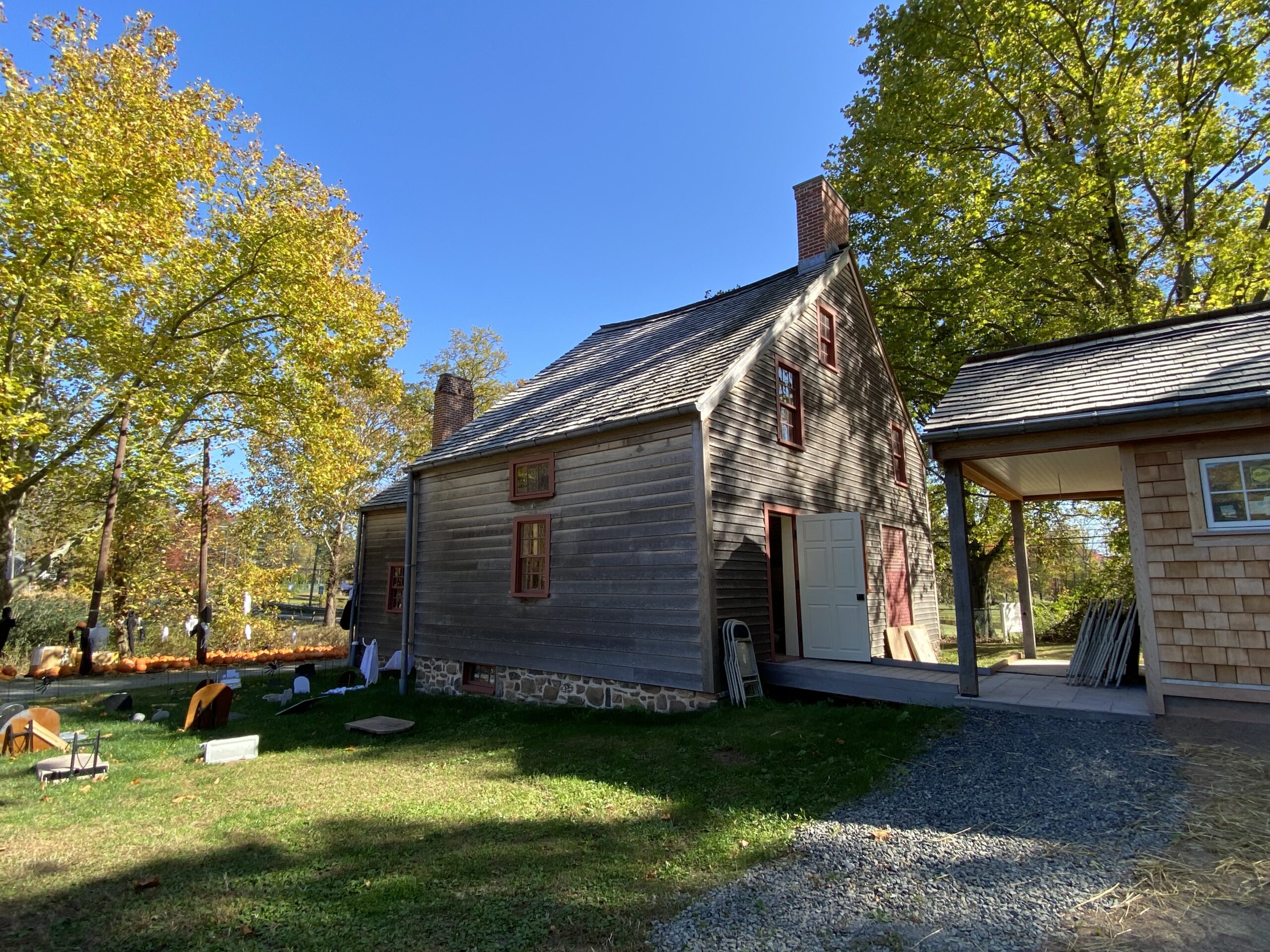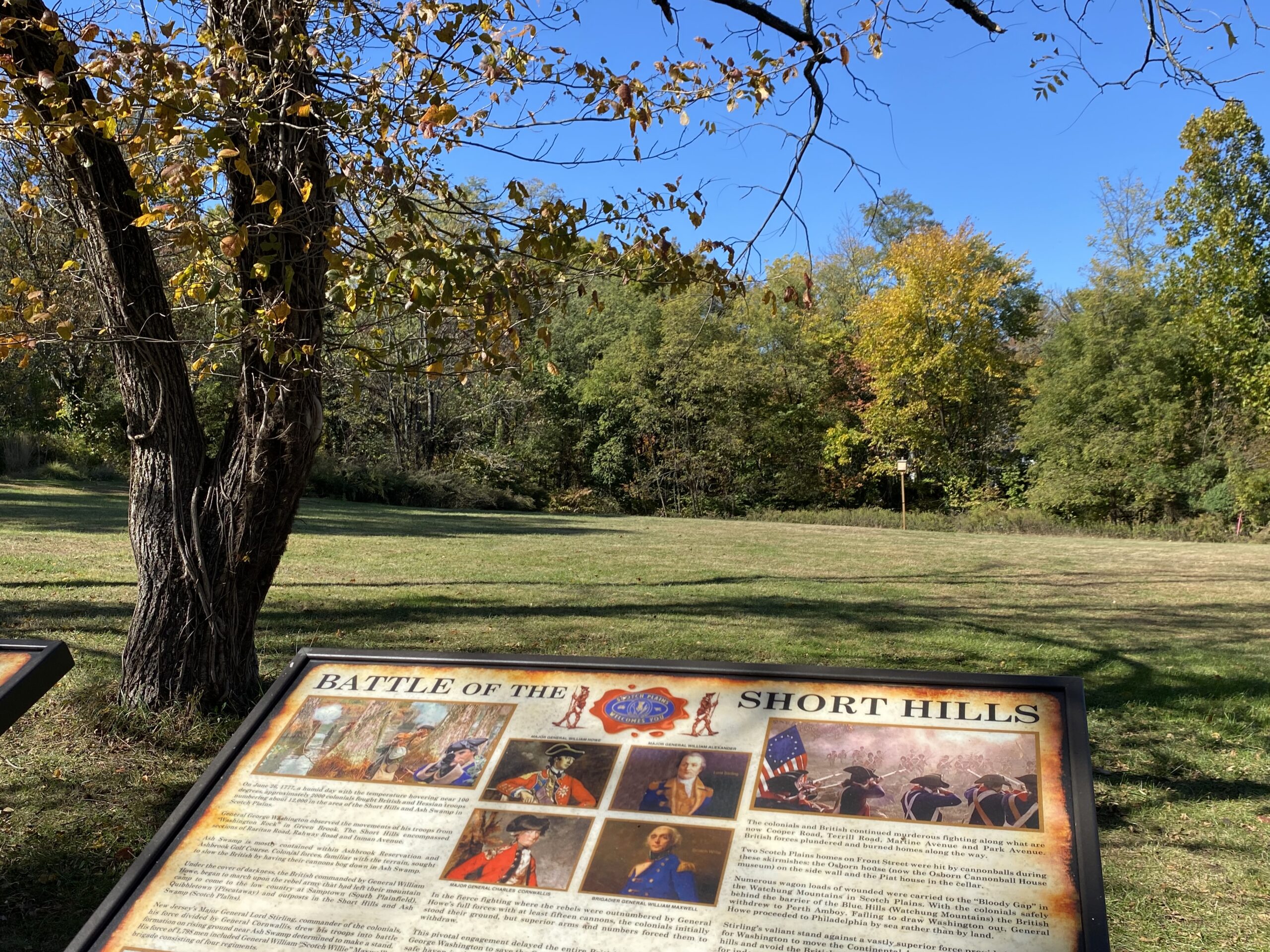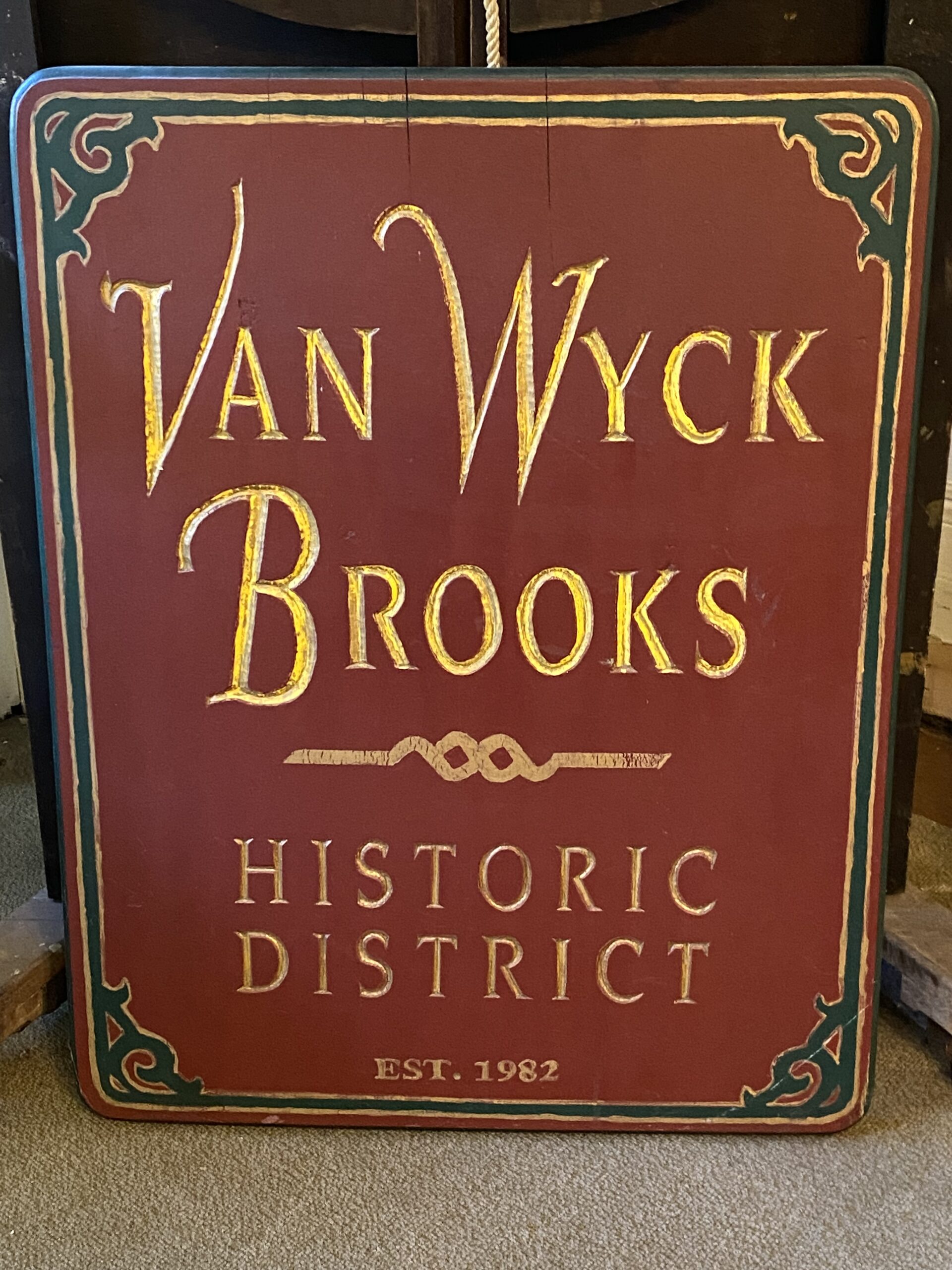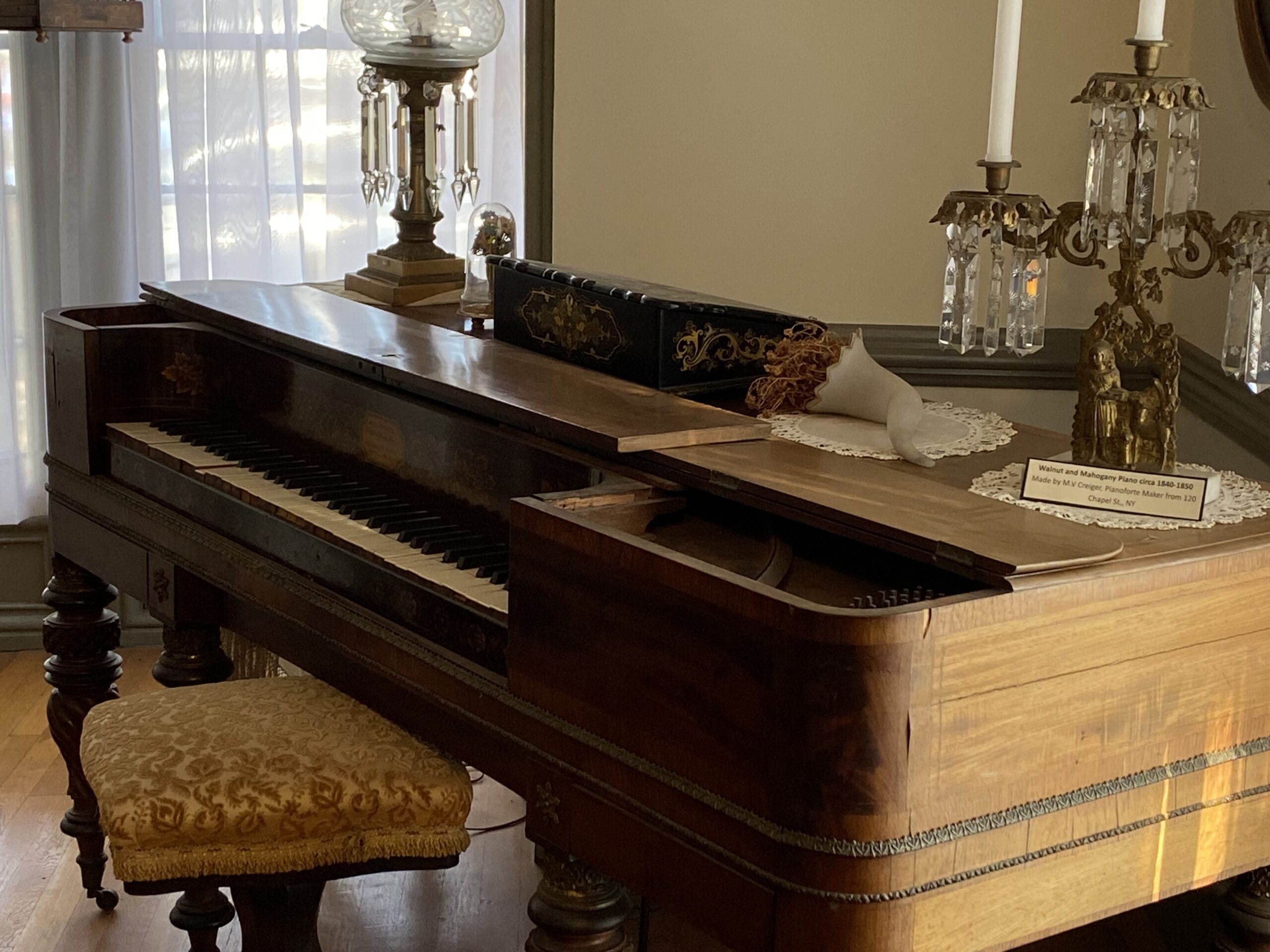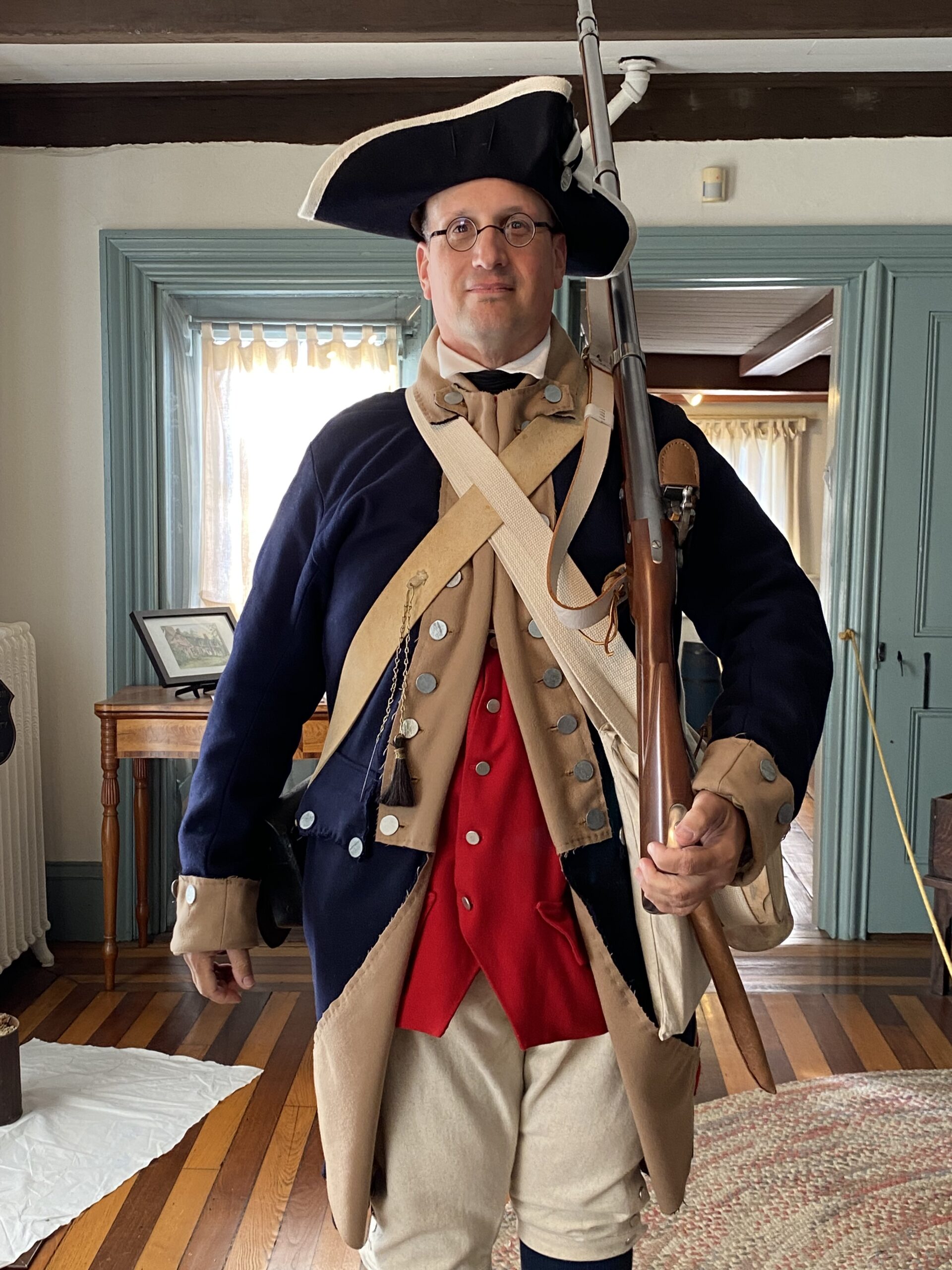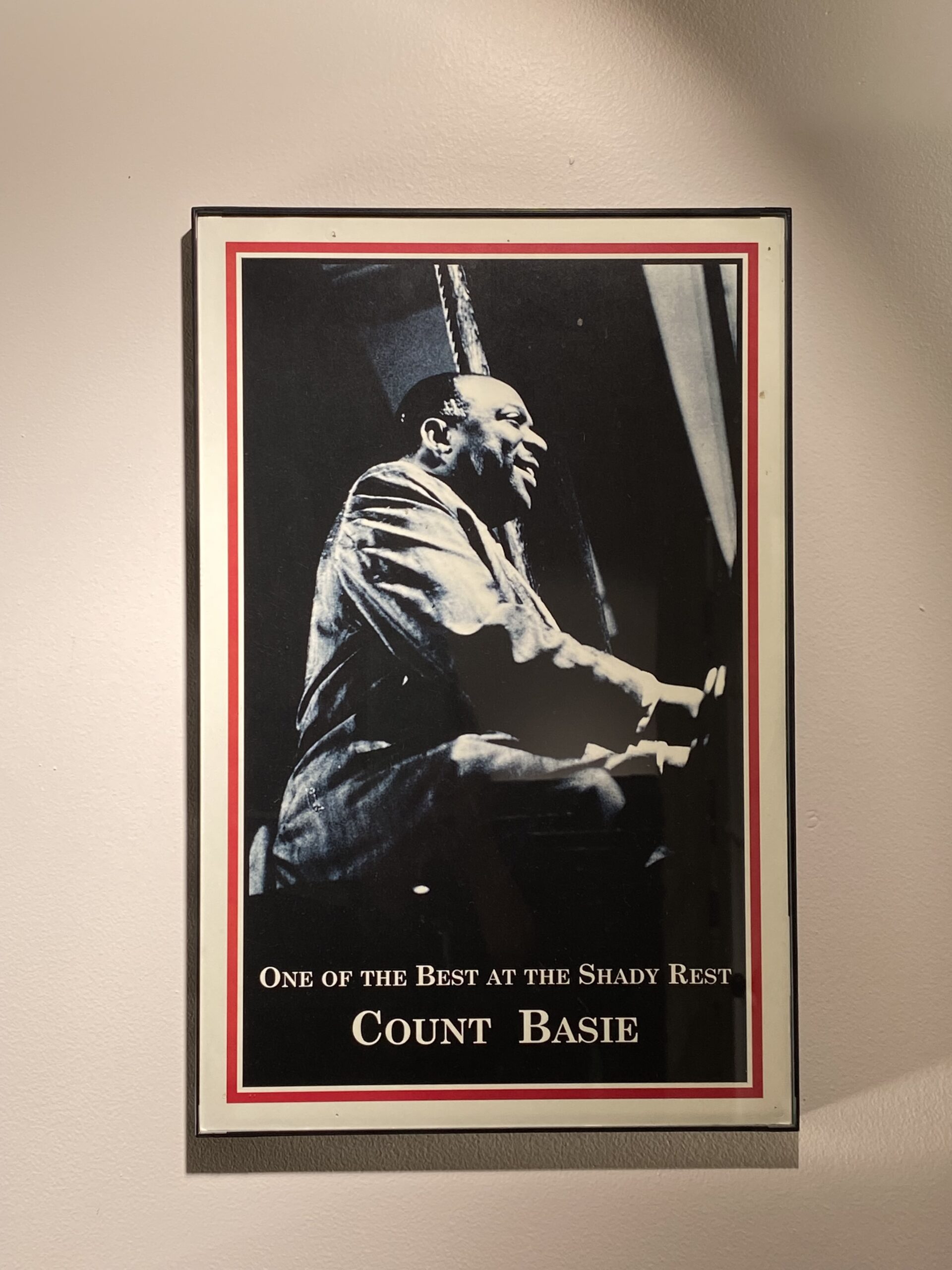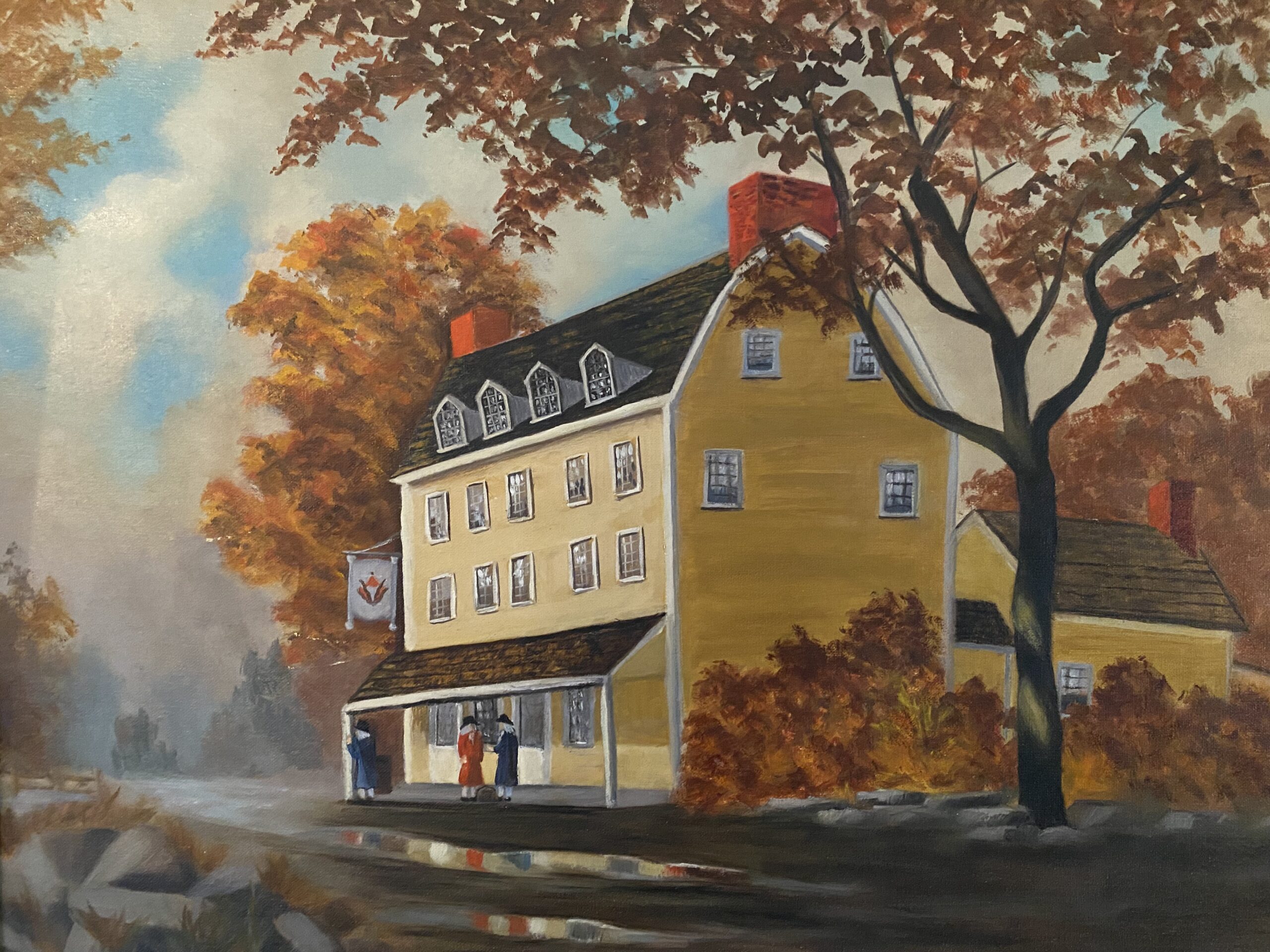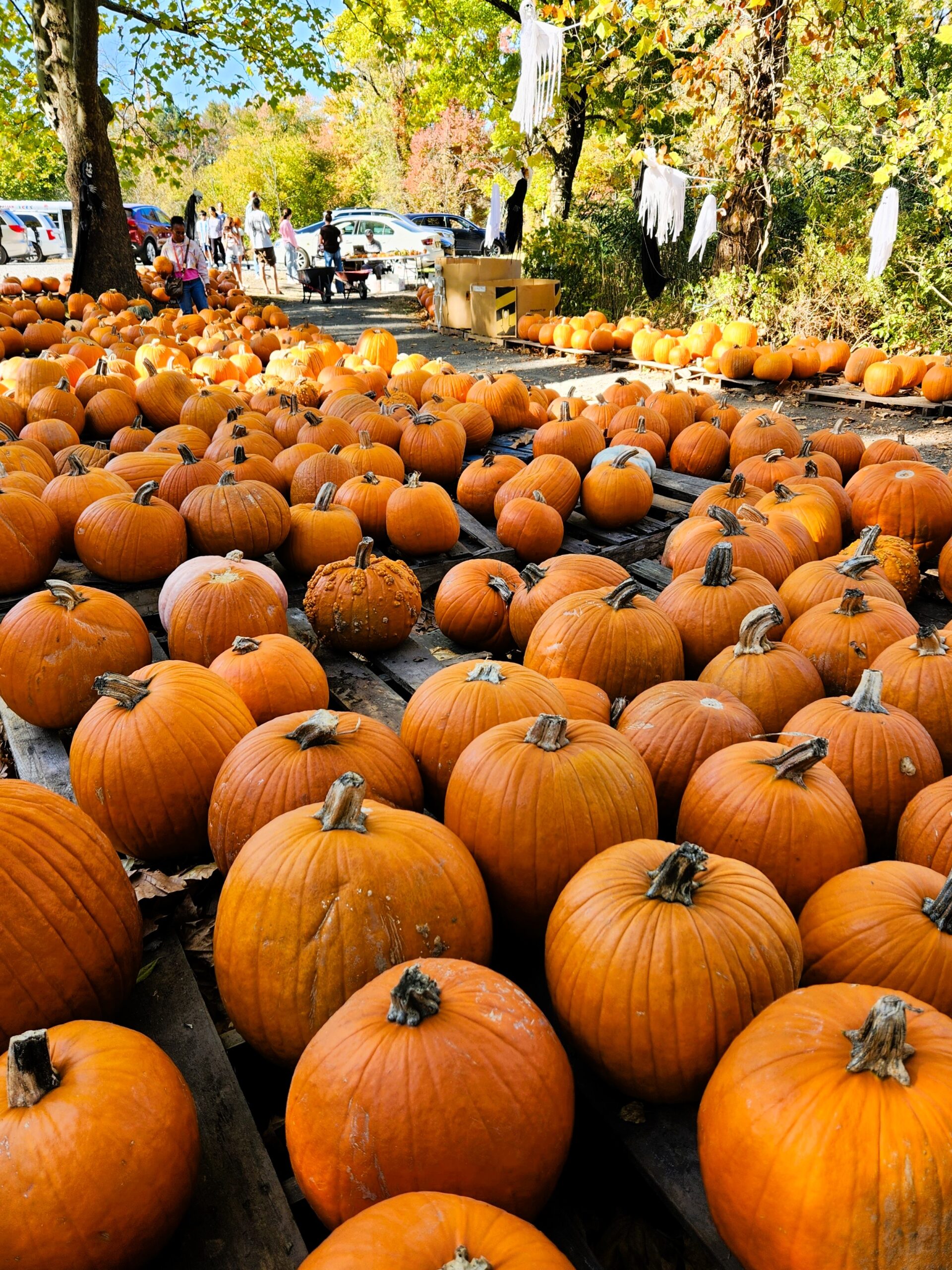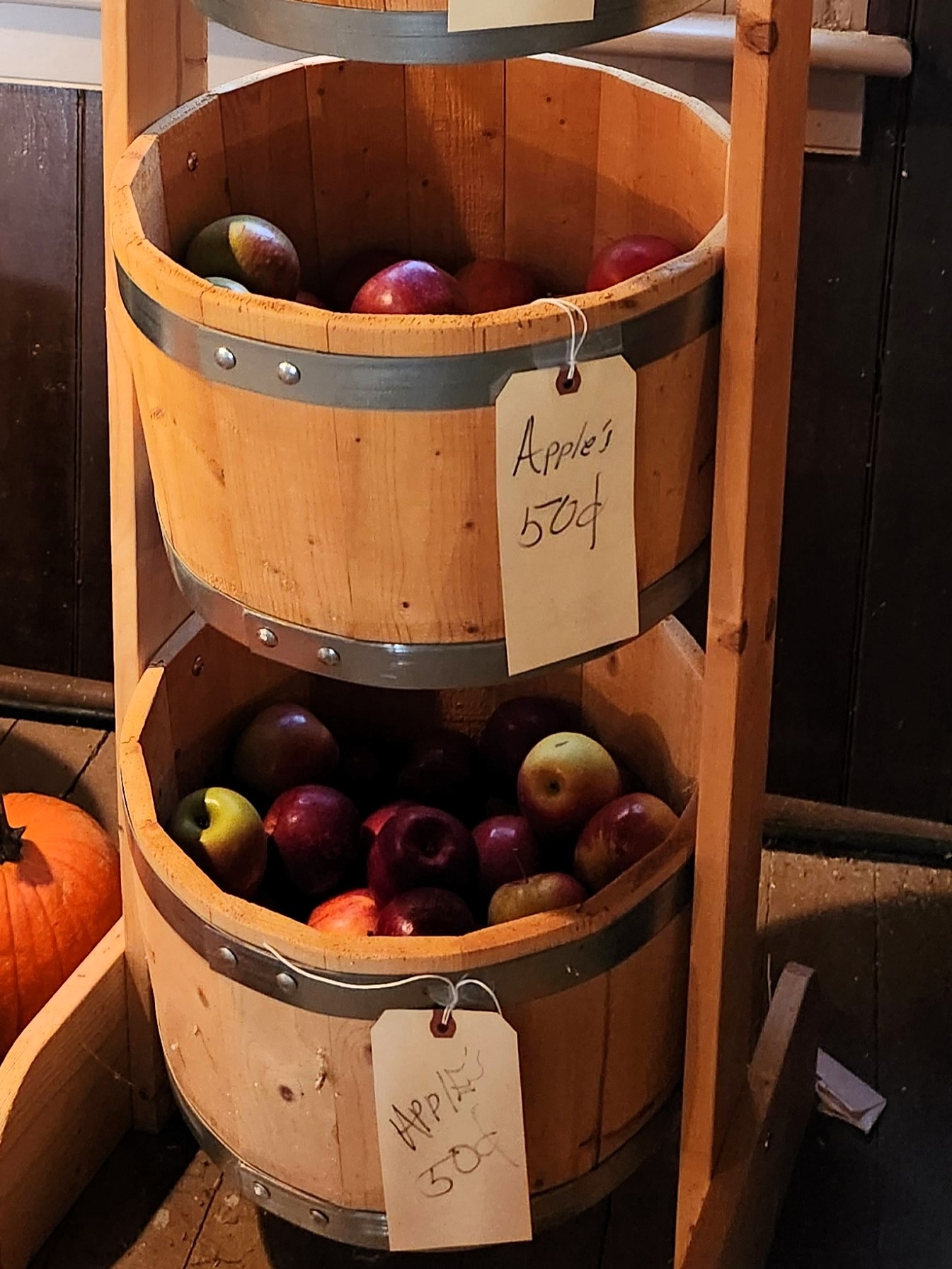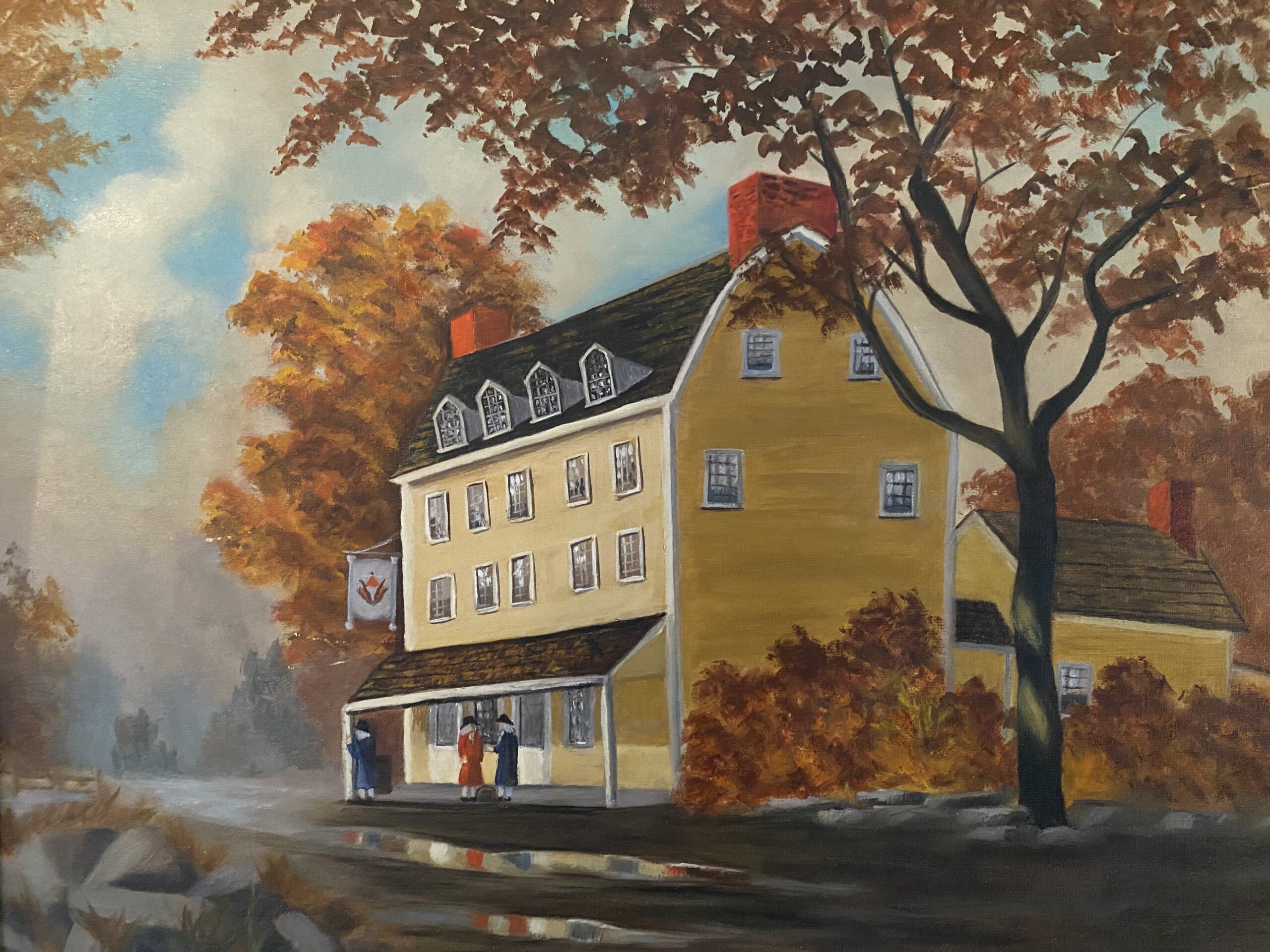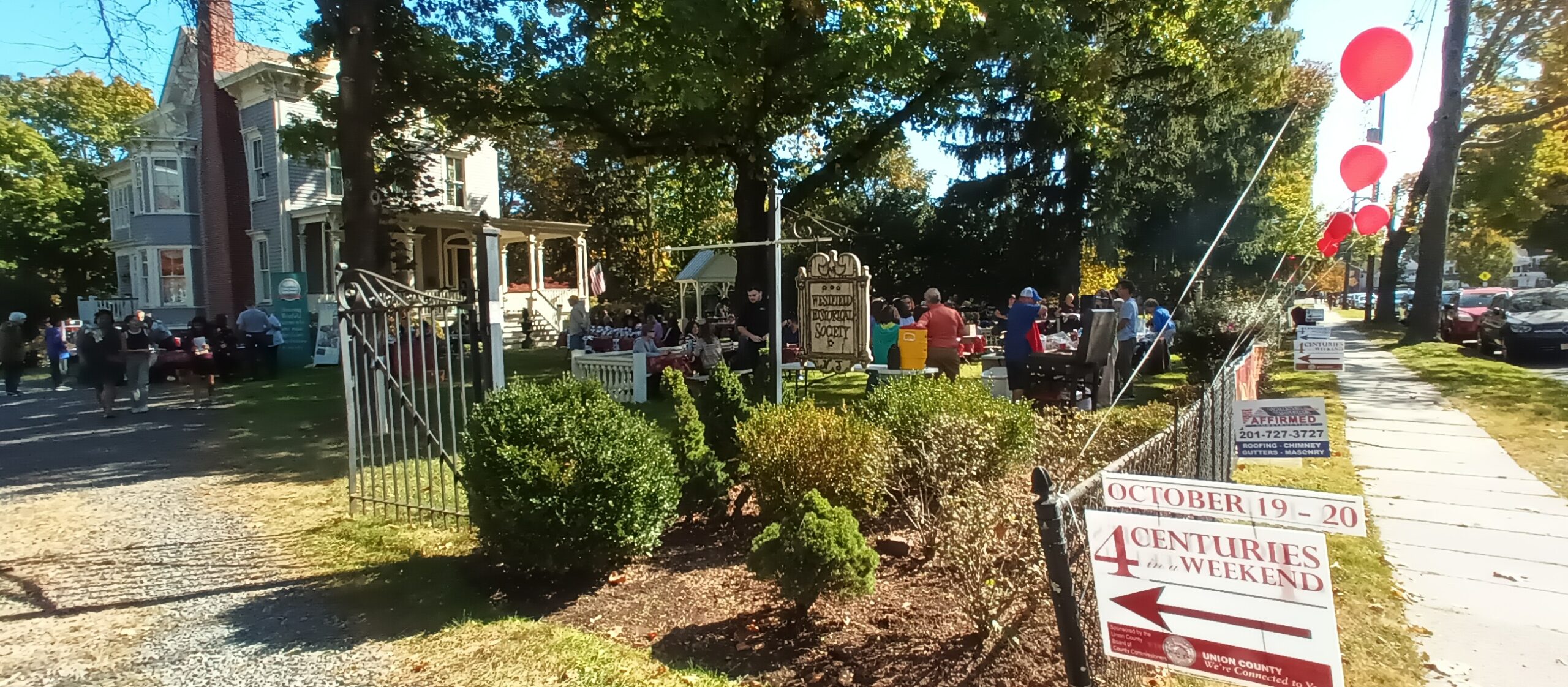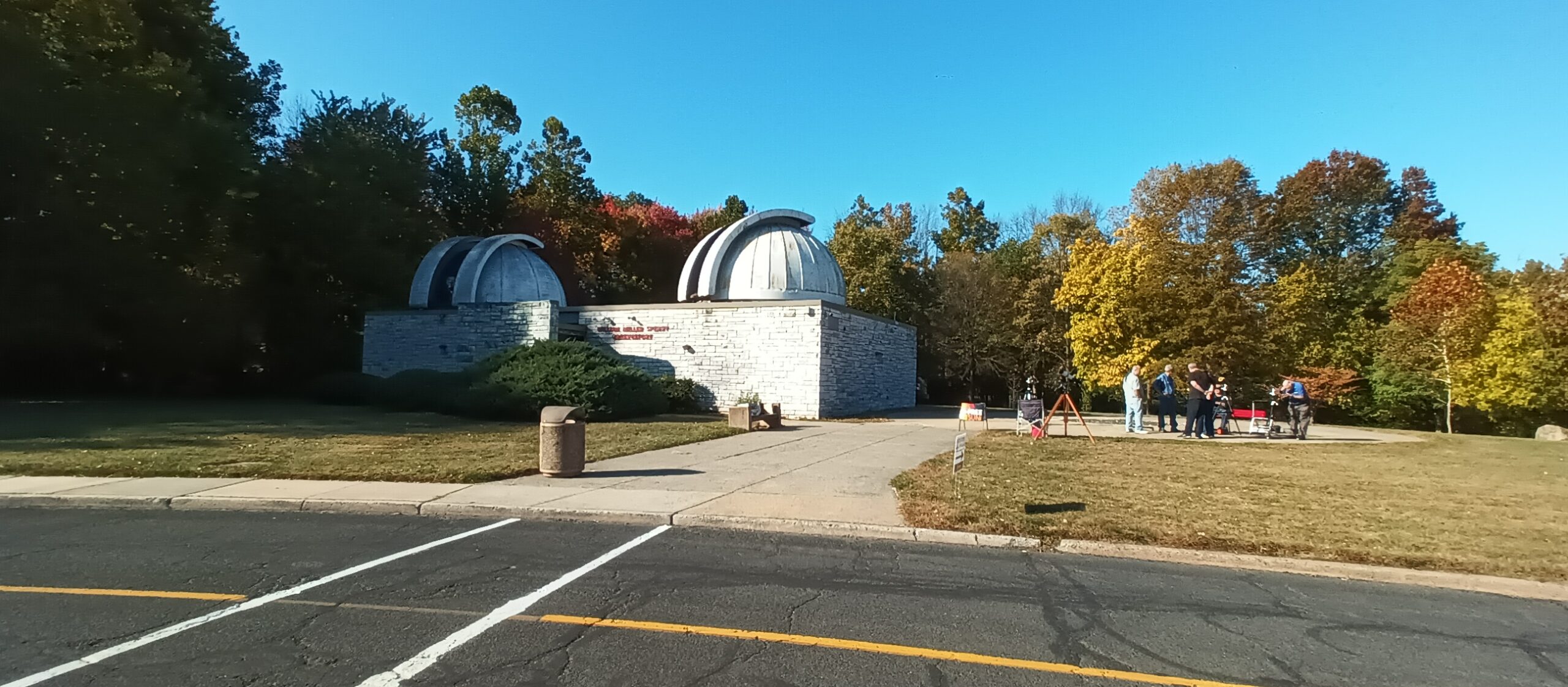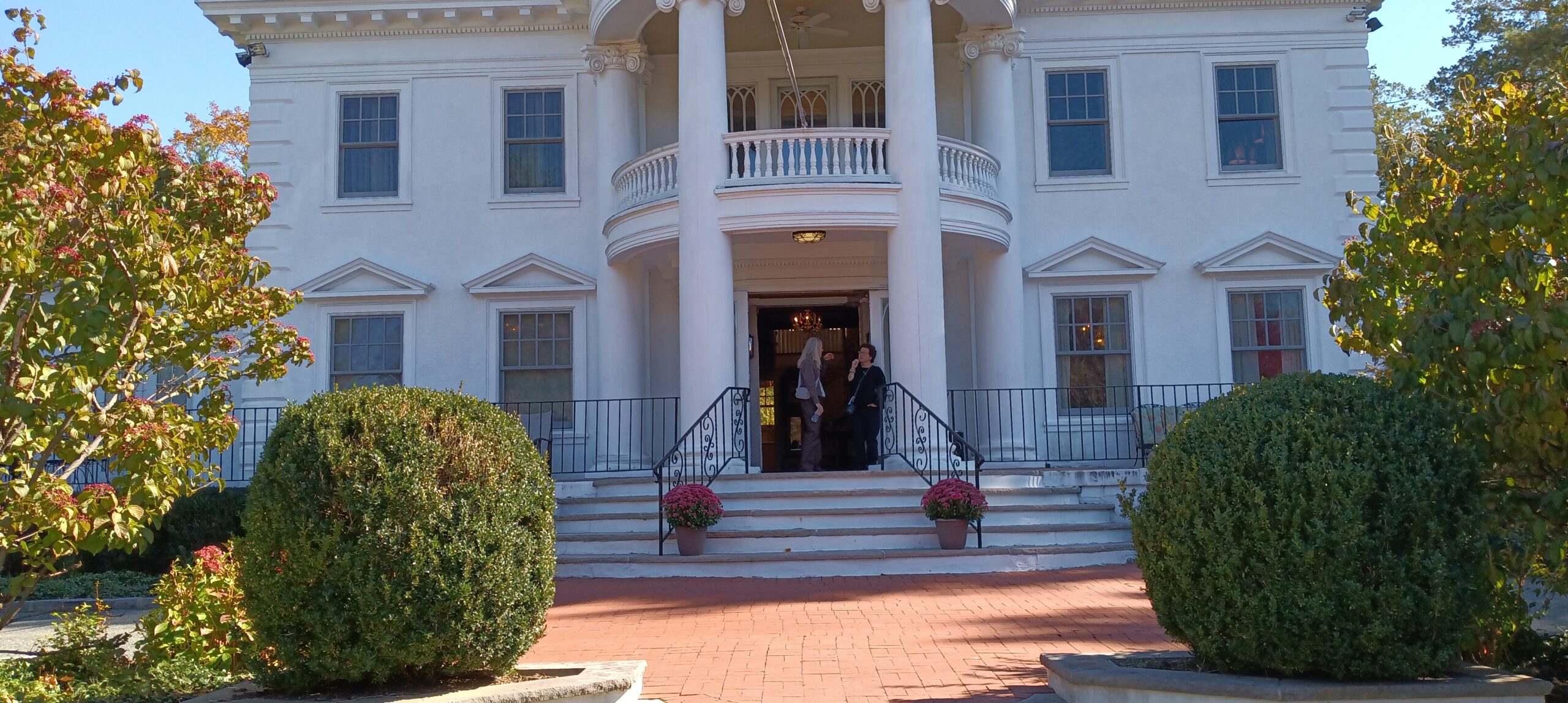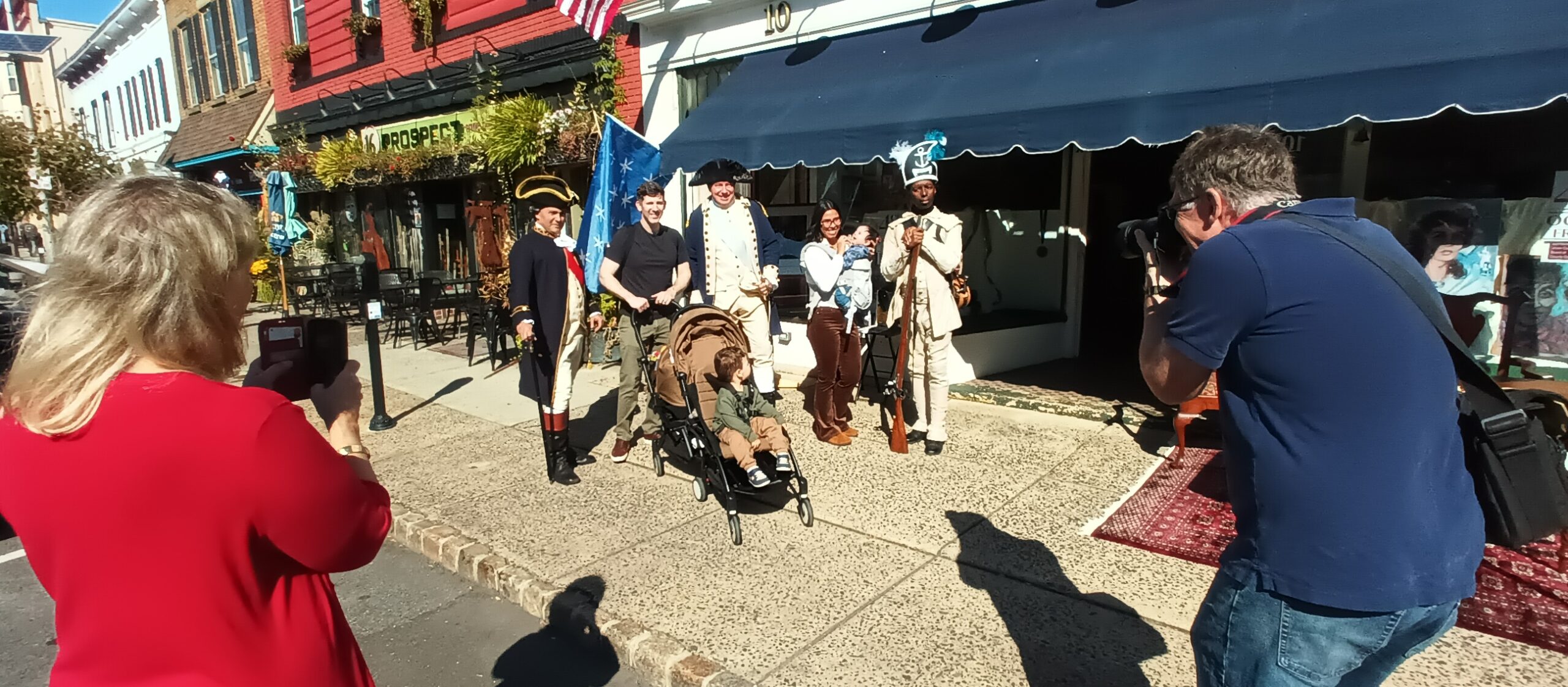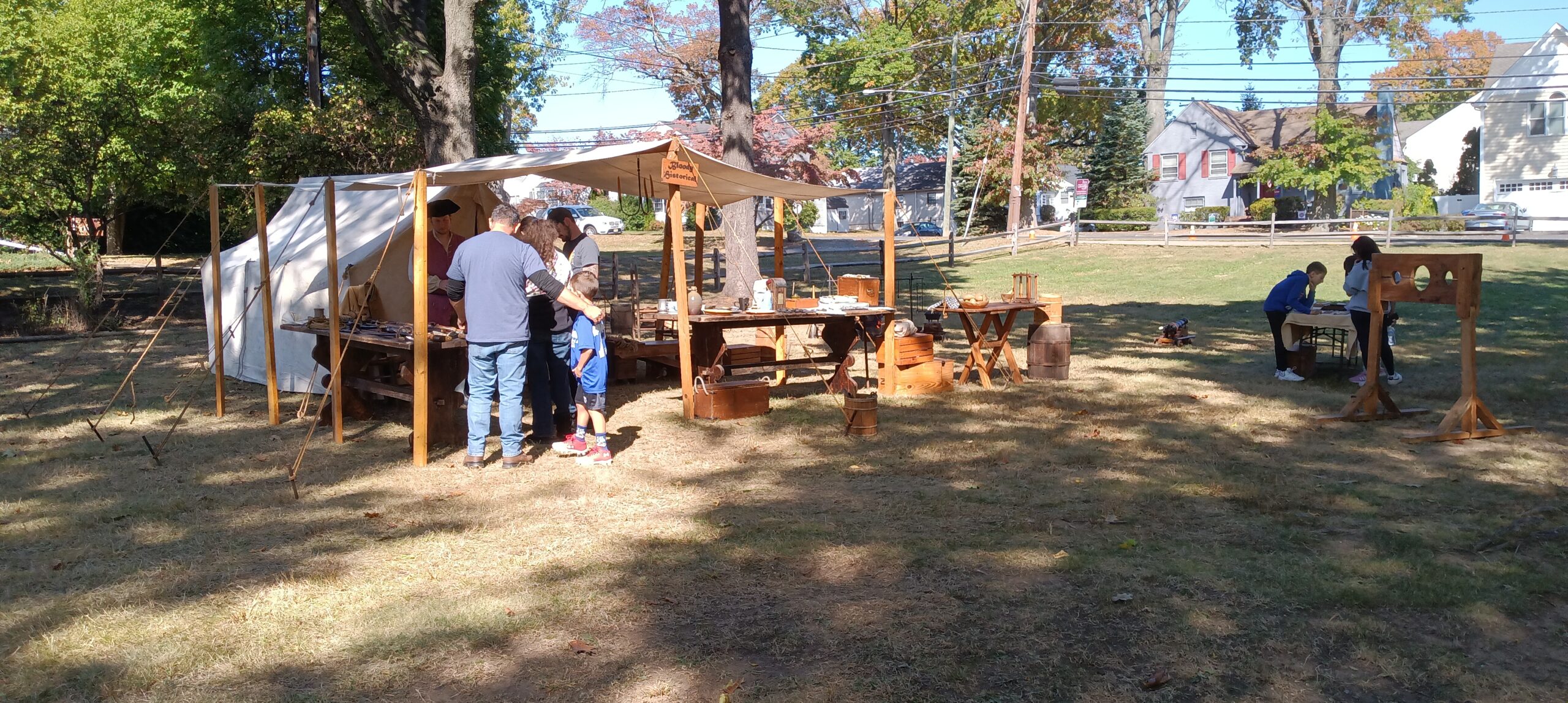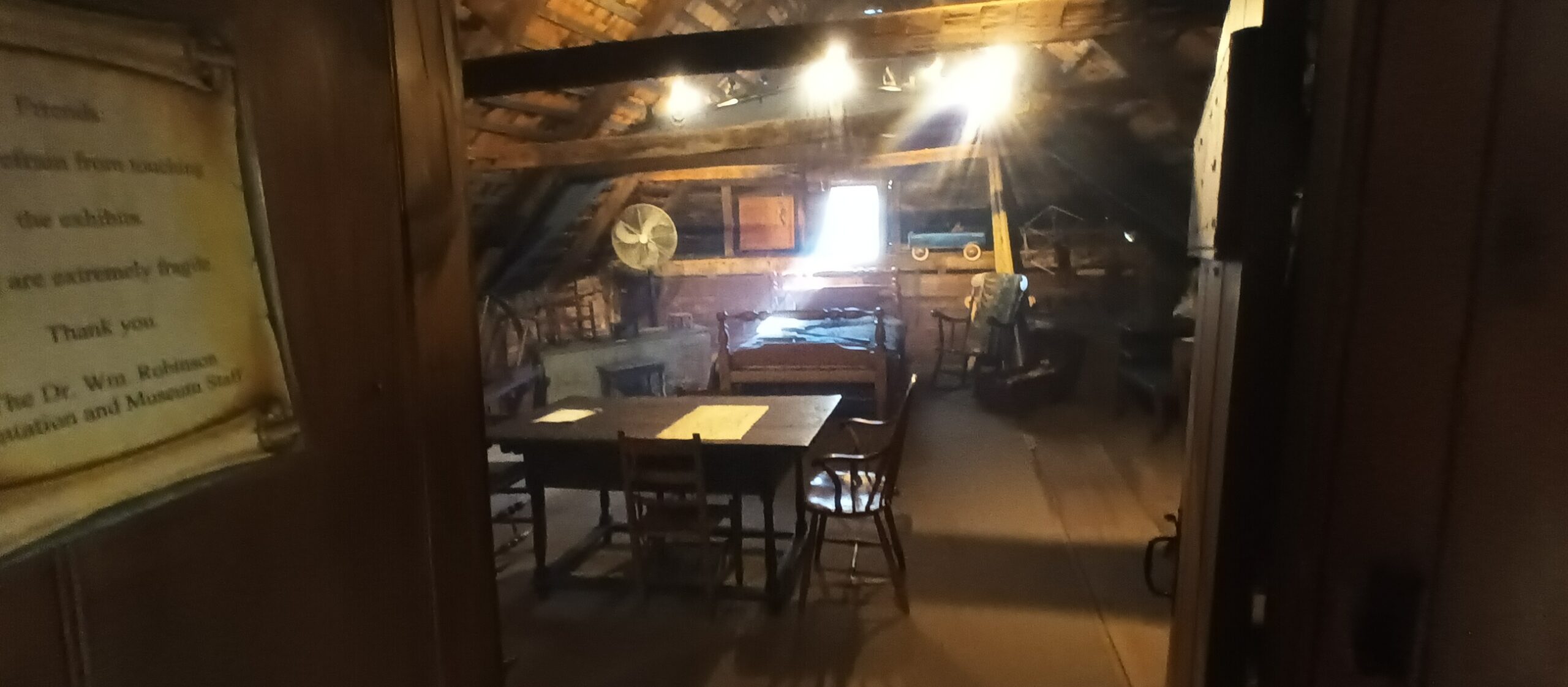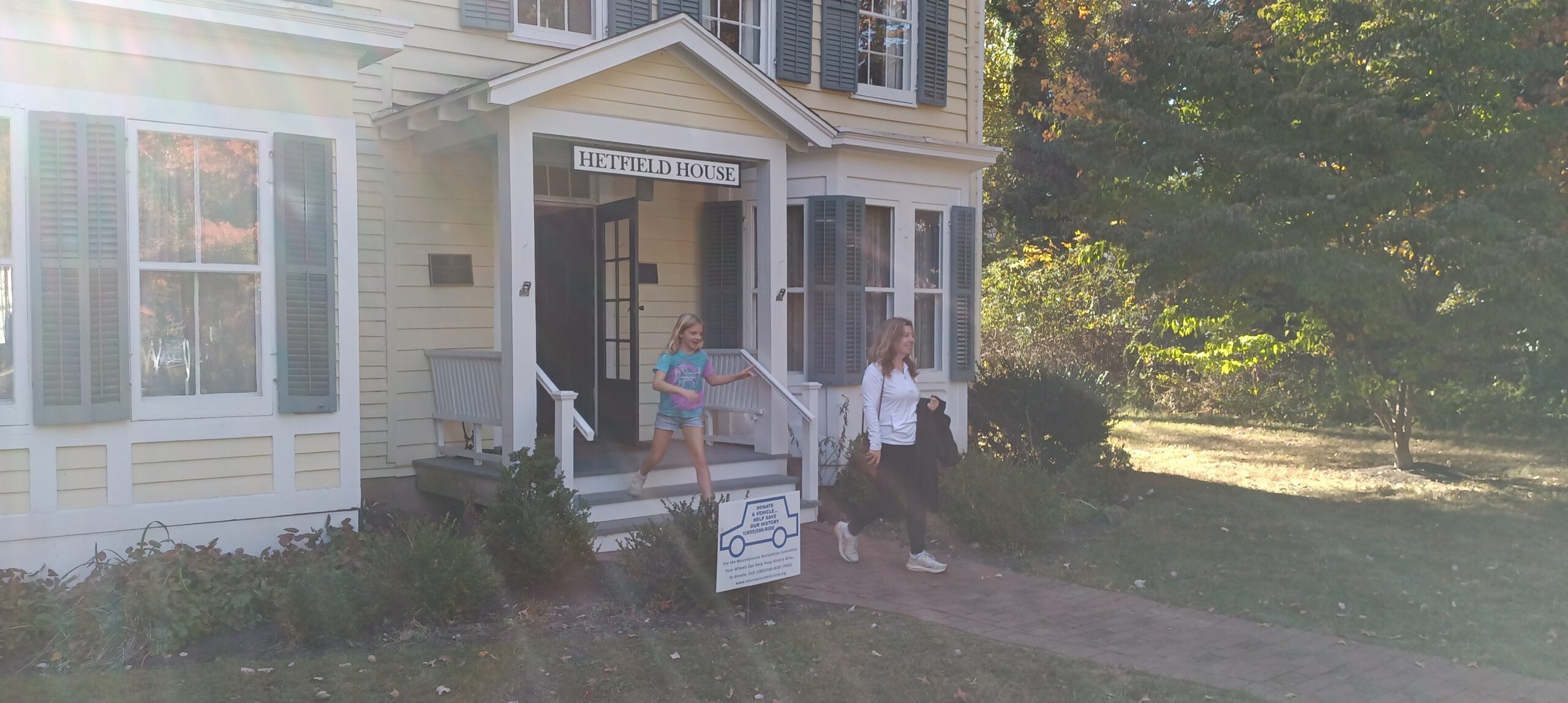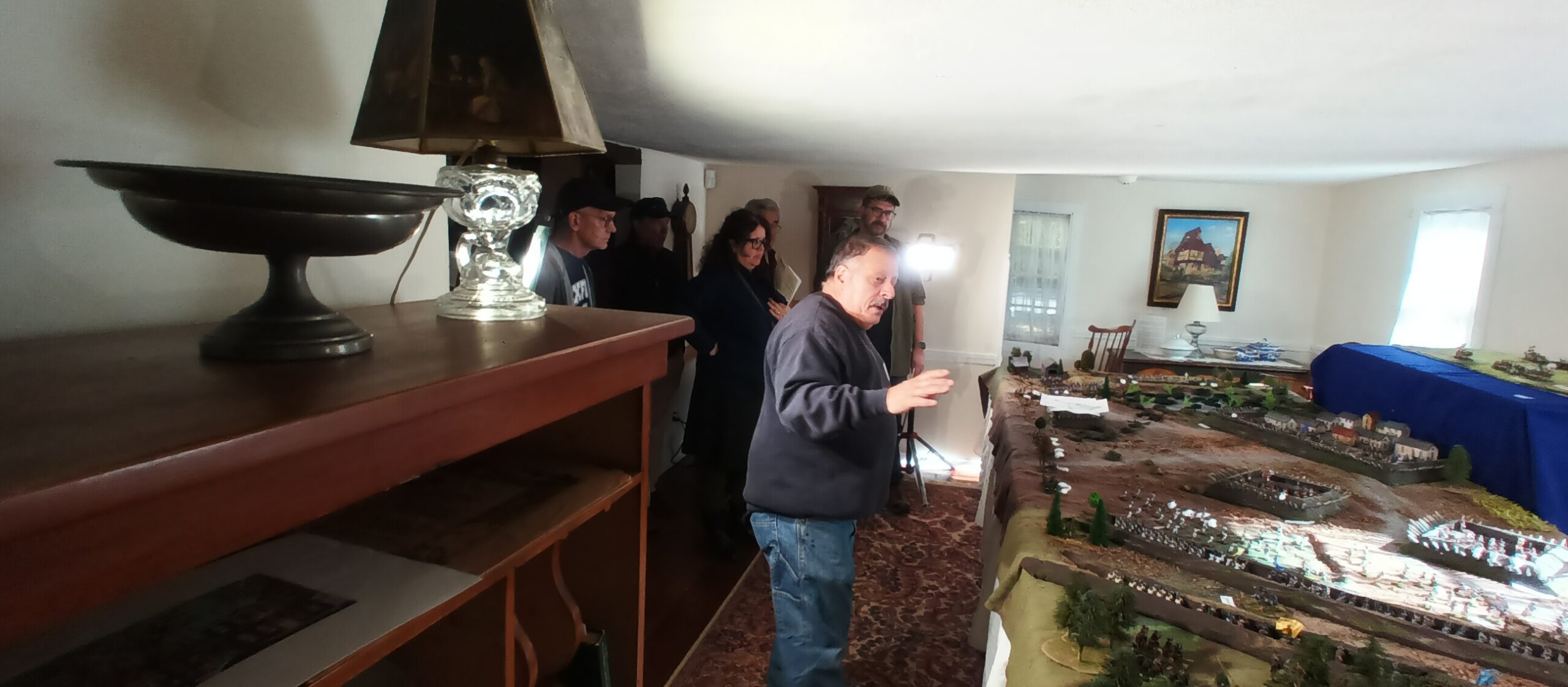Learn about local history. There are more than 30 sites to visit! Contact the individual sites for hours.

Most sites offer collectible Union County history trading cards.
All sites offer the Union County Passport — pick one up to have stamped at each site you visit.

⭐This symbol designates a site within the National Park Service’s Crossroads of the American Revolution National Heritage Area, offering a unique stamp for the Passport to Your National Parks booklet.
The next Four Centuries in a Weekend is Oct 17 and Oct. 18, 2026.
Lesson Plans – A | B | Map Other Features – Videos | History Trading Cards
Berkeley Heights
Deserted Village of Feltville-Glenside Park
within the Watchung Reservation ⭐
1 Cataract Hollow Rd., Berkeley Heights
908-527-4900 | www.ucnj.org/dv
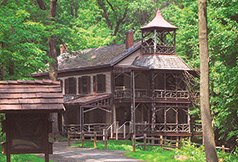
This 1845 town was the creation of New York businessman David Felt. Today, it contains 10 buildings and the archaeological remains of a vibrant community populated, in part, by European immigrants. At its height, Feltville included a school, church/general store and a factory on the Blue Brook while rows of cottages housed workers and their families.
“King David” sold Feltville in 1860. After several failed enterprises, it was reborn in 1882 as Glenside Park, a summer resort. Adirondack porches transformed workers’ houses into vacation cottages enjoyed by city dwellers.
Suburbanization led to the resort’s closure in 1916. Today, the Deserted Village is nestled in the Watchung Reservation, Union County’s 2,142-acre nature preserve.
Littell-Lord Farmstead
31 Horseshoe Road, Berkeley Heights
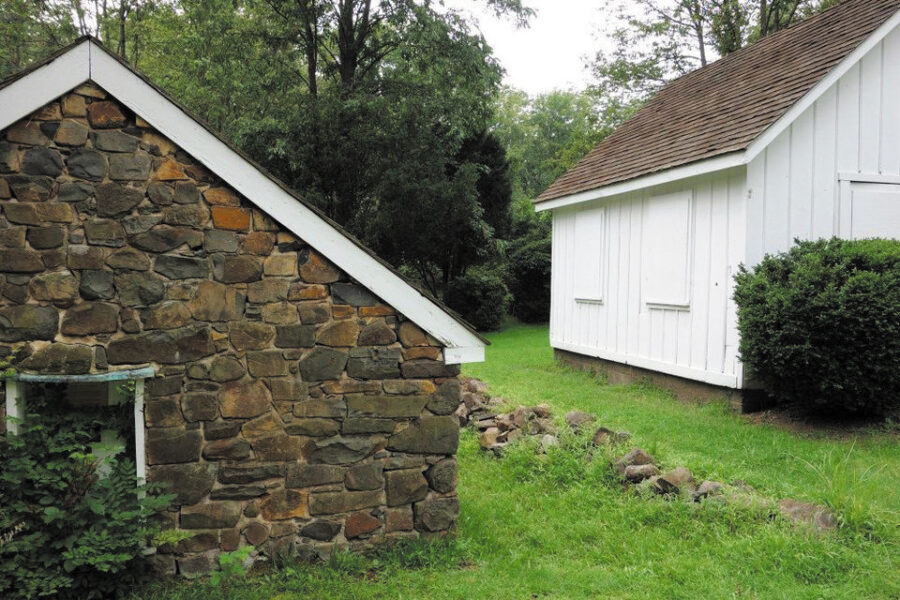
The Littell-Lord Farmstead, with its stone springhouse, summer kitchen and rural surroundings, is a rare reminder of Union County’s agricultural past.
Built circa 1760 by a farmer and weaver named Andrew Littell, the house features a lean-to kitchen, Empire-Victorian parlor, pump house and Gothic-style “grandmother house,” which served as a guest house and, for a time, as a school.
The Lord Family purchased the farmstead in 1867 and lived here for more than 100 years.
↑ Back to Top ↑
Clark
Dr. William Robinson Plantation Museum⭐
593 Madison Hill Rd., Clark
732-340-1571 | DrRobinsonMuseum.org
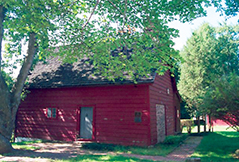
A rare example of 17th-century architecture in New Jersey, this post-medieval English-style house was built around 1690. A medicine room reflects the profession of Dr. William Robinson, one of the few physicians in East New Jersey at the time.
He practiced Physick, a popular form of healing with plants and herbs, and also performed Chirurgery, or surgery. Unusual architectural features abound, including wide floorboards and a 20-inch wide summer beam. The hall, with its large fireplace, is complete with period furnishing. A box-like winder staircase leads to the second floor, where Dr. Robinson’s last will and maps are displayed.
↑ Back to Top ↑
Cranford
Crane-Phillips House Museum
124 North Union Ave., Cranford
908-276-0082 | www.cranfordhistoricalsociety.org
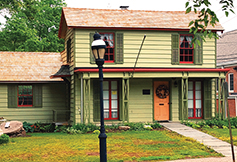
This American Civil War veteran’s cottage stands next to the Rahway River near the 18th century river crossing, “Crane’s Ford.” An outstanding example of Andrew Jackson Downing architecture, it is dressed in its original 1870s Victorian colors. The museum offers a rare glimpse of the life of a modest veteran’s family in the Victorian Era of opulence. Permanent and changing exhibits, featuring items from the Society’s costume, tool and local history collections, are displayed.
The House has been named to “Save America’s Treasures” by the White House and the National Trust for Historic Preservation. It is among only 27 such sites in the state of New Jersey, and it is the only “American Treasure” in Union County. Nearby, the Hanson House, Society headquarters at 38 Springfield Avenue, contains a library and archives.
William Miller Sperry Observatory
Union College, 1033 Springfield Ave., Cranford
908-709-7000 | asterism.org
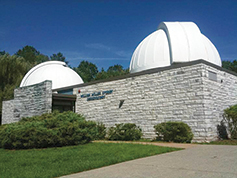
Sperry Observatory began as a $150,000 endowment to Union County College and was dedicated in 1967 in honor of William Miller Sperry, an avid amateur astronomer, local philanthropist, and president of Sperry & Hutchinson Co. Known as S&H Green Stamps, the company had a line of popular supermarket trading stamps used from 1896 until the late 1980s. The current home of Amateur Astronomers, Inc. (AAI), the observatory houses two of the largest telescopes on the East Coast.
↑ Back to Top ↑
Elizabeth
Boxwood Hall State Historic House⭐
1073 E. Jersey St., Elizabeth | 908-282-7617
nj.gov/dep/parksandforests/historic/boxwoodhall.html
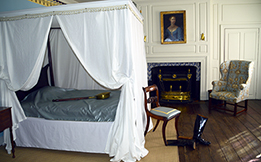
Prominent American statesmen of the late 18th and early 19th centuries had ties to this handsome Georgian house. In 1772, it became the home of Elias Boudinot, who served as a President of the Continental Congress. For a year during Boudinot’s residency, young Alexander Hamilton lived at Boxwood Hall while he attended school in Elizabethtown. George Washington lunched with Boudinot and a committee of Congressmen in 1789 while en route to his inauguration.
In 1795, the house was sold to Jonathan Dayton, signer of the Constitution, Speaker of the US House of Representatives and member of the US Senate. In 1824, Dayton hosted the Marquis de Lafayette during his American tour.
Elizabeth Public Library
11 S. Broad St., Elizabeth
908-354-6060 | www.elizpl.org
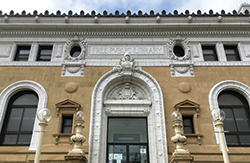
In 1910, Andrew Carnegie granted funds to build this library, during the “free library movement” period.
One of New Jersey’s original 36 Carnegie libraries, it was designed by Edward Lippincott Tilton, who had designed many other Carnegie libraries, as well as the immigration station at Ellis Island.
The building is reminiscent of an Italian palazzo and resembles Boston Public Library. This library opened in 1912. By the 1940s, it had become one of the busiest libraries of its size in the United States.
Siloam Hope First Presbyterian Church and Snyder Academy⭐
42 Broad St., Elizabeth | 908-353-2131
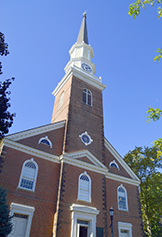
“Old First” remains at the center of Elizabeth Town, 350 years after a small group of Associates signed a treaty for the land on October 28, 1664, establishing the first English-speaking congregation in New Jersey. The original building was the weekday meeting house for public affairs, and a house of worship on Sundays.
The first Governor, Phillip Carteret, maintained his office there and the first meeting of the New Jersey legislature was held in 1668. The present sanctuary was opened in 1790 after the British burned the earlier buildings in 1780. A new steeple was installed in August 2008, replacing the spire lost to the fire in 1946.
Belcher-Ogden Mansion & Nathaniel Bonnell Homestead⭐
1046 East Jersey St., Elizabeth | 908-581-7555
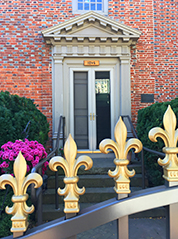
The Nathaniel Bonnell Homestead (1682) and Belcher-Ogden Mansion (1699–1755) anchor “the corner that history made.”
Bonnell displays post-and-beam construction, while Belcher-Ogden displays construction including Flemish Bond brick style. Both buildings are a celebration of adaptive reuse and historical ecology. The property includes a colonial garden.
↑ Back to Top ↑
Fanwood
Fanwood Train Station Museum
230 North Ave., Fanwood
908-322-8236 | fanwoodnj.org
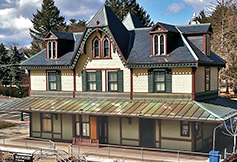
In 1874 the right of way to the Central Railroad of New Jersey was moved from present day Midway Avenue to its current location. This Victorian Gothic structure was built and used as a railroad station until 1965.
The Station is an excellent example of frame Victorian Gothic architecture. It is the oldest remaining railroad station in Union County.
The museum houses artifacts documenting the Borough’s historic ties to the Central Railroad of New Jersey, and its land development company that constructed some of the Victorian and Queen Anne homes in the Fanwood Park Historic District.
↑ Back to Top ↑
Hillside
Evergreen Cemetery
1137 North Broad St., Hillside | 908-352-7940
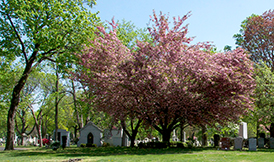
Evergreen Cemetery was created in 1853 as an interdenominational, rural burial ground. Its picturesque landscape, designed to preserve the natural terrain and existing trees, reflects the romantic, Victorian view of death.
Mausoleums and more than 10,000 monuments make Evergreen a virtual museum of funerary art. Special sections, such as the plot devoted to Civil War soldiers, illustrate historical and social developments in American History. Drive by the English Tudor Chapel designed in 1932 by an Elizabeth architect, C. Godfrey Poggi, located at the Dayton Avenue entrance.
Woodruff House/Eaton Store Museum⭐
111 Conant St., Hillside
908-353-8828 | www.woodruffhouse.org
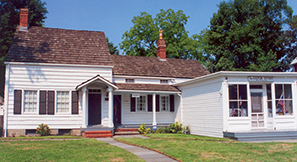
The Woodruff House was built in 1735 on land granted to John Woodruff in 1666. The first floor is furnished with circa 1800 antiques, including Woodruff memorabilia from the Earl and Lyon families. The house consists of the original 1735 side, an addition from 1790 and the 1900 Eaton Store. The restored Eaton Store illustrates a vast difference between a neighborhood store of the early 1900s and a supermarket of today. The store has the original counter, coffee grinder and gas lamp; the shelves are stocked with hundreds of products from long ago.
The property, originally an apple orchard, now has a reproduction post and beam barn with various items on display, old farm equipment, a two-seater privy, water pump, well and archival center. The Phil Rizzuto All Sports Museum houses a collection of memorabilia from Hillside resident and Baseball Hall of Famer, the late Phil Rizzuto, along with some memorabilia from other Hillside sports figures.
↑ Back to Top ↑
Kenilworth
Oswald J. Nitschke House
49 South 21 St., Kenilworth
908-276-9090 | kenilworthhistoricalsociety.org
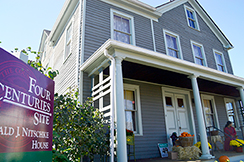
The Nitschke House (c. 1880) is one of Kenilworth’s original clapboard, wood-frame farmhouses, and represents the architectural style typical of homes built in the area in the 1800s. The house is named for one of Kenilworth’s pioneers, Oswald J. Nitschke, who owned the home and resided there in the early 1900s.
He advocated the 1907 incorporation of Kenilworth and was elected to the first Council, serving more than seven years. A three term mayor, Nitschke was responsible for development of the unique 120’ wide Boulevard and its extension through the Union County Park System.
The Kenilworth Historical Society has restored the house and transformed it into a “living history” museum and cultural center.
↑ Back to Top ↑
Mountainside
Deacon Andrew Hetfield House⭐
Constitution Plaza, Watchung Ave., Mountainside
908-233-3135 | mountainsidehistory.org
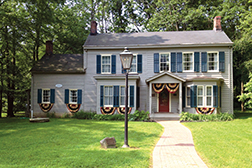
Originally constructed by Deacon Andrew Hetfield in about 1760, this house expanded in stages to meet the needs of the Hetfield family during their 186 year occupancy. By 1830, a simple colonial farmhouse had been transformed into a center-hall Georgian residence.
Also known as the “Dutch Oven House”, the building has been moved twice, first to protect it from a Route 22 widening. Used briefly as a tea room and antiques shop, the house was once rented to MacKinlay Kantor, author of the Civil War novel, Andersonville.
The structure was saved from demolition in 1985, when it was moved a second time to another part of the original Hetfield property.
↑ Back to Top ↑
New Providence
Salt Box Museum⭐
1350 Springfield Ave., New Providence
908-665-1034 | newprovidencehistorical.com
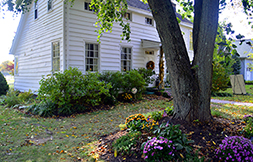
When two houses constructed at different locations during the 1840s were joined in the mid-19th century, the house, now known as the Salt Box Museum, was created. The house’s shape, with its steep, sloping rear roof, resembles the box in which salt used to be kept. In 1967, the entire house was moved across Springfield Avenue to its present site.
Today, the first floor is furnished to represent a typical New Jersey farmhouse of the mid-19th century. The Mason Room at the New Providence Library, 377 Elkwood Avenue, houses the Society’s collection of rare documents, maps, photographs and oral history tapes.
↑ Back to Top ↑
Plainfield
Drake House Museum⭐
602 West Front St., Plainfield
908-755-5831 | drakehouseplainfieldnj.org
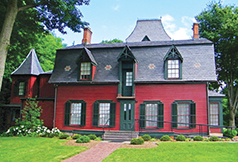
The Nathaniel Drake House, headquarters of the Historical Society of Plainfield, was built in 1746. Nestled within the towers and slate roof is the original farmhouse once used as George Washington’s headquarters during the Battle of Short Hills, June 25, 1777.
In 1864, John S. Harberger, a New York City bank president, enlarged and embellished the house in the Victorian style, making it his summer home during Plainfield’s development as a commuter suburb.
Today, period rooms portray both the farm life of the Drakes and the suburban life of the Harbergers. Significant American paintings, folk art, period furniture and decorative pieces make this site a museum of both history and art.
Plainfield Quaker Meetinghouse
225 Watchung Ave, Plainfield | 908-757-5736 | plainfieldquakers.org
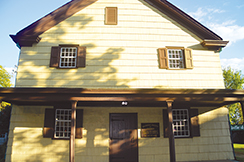
This is the New Plainfield Meetinghouse, built in 1788. The Quaker Meeting itself dates back to 1686 at Perth Amboy, with four meetinghouses built before it as Europeans moved inland from the coast. The forty years preceding this meetinghouse’s construction had been difficult for local Friends (Quakers). The Meeting had addressed the issue of slavery, requiring members to either free their slaves with the promise of continued support, or to leave the fellowship — which some did.
Originally, the meetinghouse was set on three acres. The street in front was called “Peace Street.” It was “The New Plainfield Meetinghouse,” and the town that grew up around it took the name. In 1832, a portion was lost to first the railroad, and then to 3rd Street. Later, the Friends lost the northern portion to the post office. During the racial strife of the 1970s, the Meetinghouse was a place of peace. Friends kept the meetinghouse open. When the National Guard arrived, Friends convinced soldiers not to go out on patrol, but to simply wait in case trouble arose, which it did not.
The Meetinghouse is available to community groups.
duCret School of Art
1030 Central Ave., Plainfield
908-757-7171 | ducretarts.org
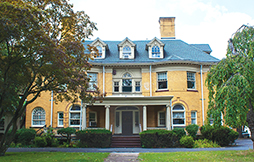
Designed by the architectural firm of Rossiter and Wright, this building was constructed in 1896 in the Colonial Revival style as a home for George and Harriet Strong. The house served as private residence until 1931. In 1933, the house was purchased and converted into a private school for boys, Wardlaw-Hartridge.
The duCret School of the Arts is the oldest arts school in New Jersey. Originally founded in 1926 by artist and teacher Marjorie Van Emburgh, it was first located in a carriage house in Plainfield. The Van Emburgh School of Art became the Van Emburgh/duCret School of Fine and Industrial Art, and moved into this building in 1970.
↑ Back to Top ↑
Rahway
Merchants and Drovers Tavern⭐
1632 St. Georges Ave., Rahway
732-382-0541 | merchantsanddrovers.org
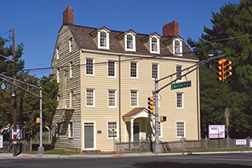
As a Tavern and Stagecoach stop, this early 19th-century hotel was the scene of auctions, public meetings, elections, business transactions, entertainment, horse breeding and a host of other activities.
The handsome Federal style inn contains a taproom, two parlors, 12 bedrooms and a kitchen wing with a working fireplace. Originally a house and store, the 1790s structure was adapted to tavern use in 1798.
A circa 1820 addition created the imposing building that stands today, its four stories making it a rare example of an early public house. The smaller, mid-18th century Terrill Tavern was moved to the property in the 1970s where it now stands as the museum shop.
African American History and Heritage Learning Center
261 Central Ave., Rahway | 732-382-0541 | ebenezeramechurch.com
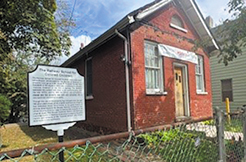
Construction began on the one-room school house in 1844, on the property of Jacob R. Shotwell, a former Vice President of RSI Bank. The primary funding, support and oversight for the school came from the Society of Friends (Quakers), who had a history of supporting persons of color. The Friends paid the school’s expenses and the salary of Martha (Matilda) Putnam, who served as both teacher and principal.
The school had an average enrollment of 35 students, and eventually received financial support from state public education funds. In 1882, the school was integrated, and by the mid 1880s, it closed. In the years that followed, Ms. Lucy H. Eddy, a local philanthropist from the neighborhood established the “Rahway School for Colored Children Trust Fund” that helped to preserve books and artifacts left from the school. These items are currently being stored at the Rahway Library, but will serve as the basis for the restoration and the holdings of the newly envisioned African-American History and Heritage Center of Rahway, NJ.
Union County Performing Arts Center
1601 Irving St., Rahway
732-499-8226 | ucpac.org
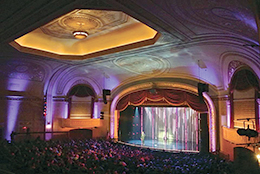
This classic Vaudeville house opened as the Rahway Theater on October 16, 1928 and featured a magnificent Wurlitzer pipe organ. This organ was the catalyst for the preservation effort from which the 1,300 seat Arts Center emerged. Carefully restored to its golden age of grandeur, the Arts Center is a monument of an age gone by.
The Union County Performing Arts Center is a non-profit 501(c)(3) corporation operating in the historic Rahway Theatre. Enjoying a prime location in Union County, UCPAC is dedicated to making this landmark theatre your choice for the performing arts – for education, inspiration and entertainment. This historic landmark is the cornerstone of the Rahway Arts District.
↑ Back to Top ↑
Roselle
Abraham Clark Memorial House⭐
101 W. 9th Ave., Roselle
732-221-7211
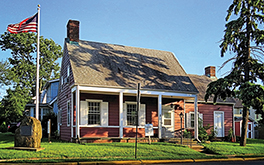
Abraham Clark boldly demonstrated his support of the Revolution as a New Jersey signer of the Declaration of Independence. He was born in what is now Roselle on February 15, 1726, the only child of Thomas Clark. He became a surveyor and studied common law. Clark and his wife Sarah raised ten children in their farmhouse, built in 1705.
Their house burned in 1900, but a replica was constructed in 1941. The original house stood a short distance from the current site on what is now Crane Street, near Wheatsheaf Road, which was known as Springfield Road in Colonial times.
The design of this house was based on old photographs and existing known facts from later owners and residents. The lot on which it stands was donated to the Abraham Clark Chapter of Sons of the American Revolution (SAR) by Mr. William M. Crane, once a part of the original Clark Farm in the eighteenth century.
The Office of New Jersey State Society of the Sons of the American Revolution (SAR) and its Archives are located at the Memorial House.
↑ Back to Top ↑
Roselle Park
Roselle Park Museum
9 W. Grant Ave., Roselle Park | 908-245-1776
↑ Back to Top ↑
Scotch Plains
Osborn Cannonball House⭐
1840 Front St., Scotch Plains
908-757-1885 (weekend) | historicalsocietyspfnj.org
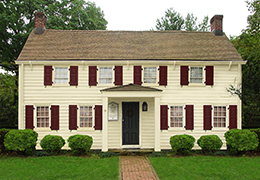
The white clapboard Osborn Cannonball House is a small jewel in the center of Scotch Plains. Brick walks, an arbor and formal gardens surrounded by a white board fence give this property a “Williamsburg” feel. Its location, adjacent to the town green and across from the Stage House Inn, adds to its interest.
Inside, four furnished rooms appointed with colonial and early 19th century furnishings will delight the visitor. A parlor reflects Victorian tastes. Built in the 1700s by Jonathan and Abigail Osborn, the house takes its name from the cannonball that struck it during a Revolutionary War skirmish.
Ash Brook Reservation – Battle of Short Hills
Historic Trail ucnj.org/trails
Frazee House⭐
1451 Raritan Rd., Scotch Plains
frazeehouse.org
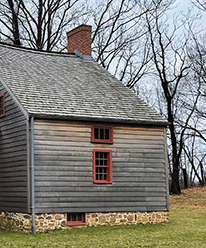
The Frazee House is a Revolutionary War period farmstead built in the typical and rare style of eighteenth-century Anglo-Dutch architecture. It sits in Scotch Plains at Two Bridges, near the intersection of Raritan and Terrill Roads, west of Ash Swamp. It is a Union County landmark due to its sheer survival for more than 230 years, and due to the tale of Elizabeth “Aunt Betty” Frazee’s legendary confrontation with British General Cornwallis during the Battle of the Short Hills in June of 1777.
The Fanwood-Scotch Plains Rotary Club committed to the restoration of the Historic Frazee House in 2004. The Rotary Club, along with the Township of Scotch Plains, is turning the house and adjoining acres into a resource for the community, further distinguishing New Jersey as a key site in the American Revolution.
Shady Rest Country Club
820 Jerusalem Rd., Scotch Plains
908-397-3552 | preserveshadyrest.org
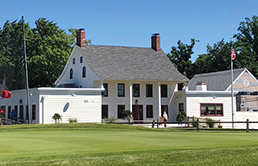
In the mid 1700s, Ephraim Tucker Farmhouse was built on a thirty one-acre plot of rural landscape just outside of Westfield. In the early 1800s, John Locey purchased this property. It later become the George B. Osborn Tavern. In the late 1800s, the property was sold to the Westfield Golf Club and was converted into a 9-hole golf course, with the main farmhouse serving as the clubhouse. These residents created a path across the golf course to visit friends and relatives living in the area. During this time of segregation, African Americans were not allowed membership at this white country club.
In September 1921, a group of prominent African-American investors known as the Progressive Reality Company, Inc., purchased the former Westfield Golf Club and created the Shady Rest Golf and Country Club. This club was established to provide recreation and entertainment for all ages. Activities included golf, tennis, horseback riding, skeet shooting, and a dining room, where club members hosted famous people such as W.E.B. DuBois, Count Basie, Billie Holiday, Ella Fitzgerald, Althea Gibson and others.
The Shady Rest was the first African-American-owned golf and country club in the United States. It was the home course to the first African-American golfer professional ever to play the U.S. Open, John Matthew Shippen (1879-1968).
↑ Back to Top ↑
Springfield
Cannon Ball House⭐
126 Morris Ave., Springfield | 973-912-4464
springfieldhistoricalsociety.webs.com
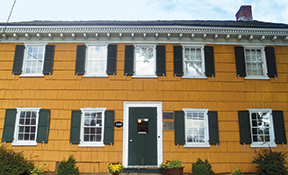
This mid-18th-century house is one of four buildings in Springfield to survive being burned by the retreating British Army after the Battle of Springfield in June 1780. This was the final major battle of the American Revolution in this area. Seven of the eight rooms in this house are open to the public.
Exhibits feature furniture and artifacts including 18th- and 19th-century household items. Relics from the Battle of Springfield include the cannonball that lodged in the wall of the house.
↑ Back to Top ↑
Summit
Carter House⭐
90 Butler Parkway, Summit
908-277-1747 | summithistoricalsociety.org
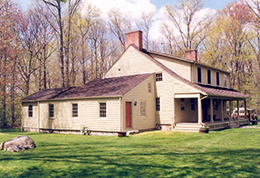
Summit’s oldest house, built by Benjamin Carter in the 1740’s, was moved in 1986 from its original location near the Passaic River to its present site, part of the original Carter farm. An East Jersey cottage, it shows a Dutch influence that is unusual in this part of the state. A 1740-1820 kitchen, 1820-1860 dining room and late Victorian library are interpreted with antique furnishings.
The house is also the archival center of the Summit Historical Society. Collections document Summit’s early development as a resort and commuter suburb as well as the town’s more recent history.
Reeves-Reed Arboretum
165 Hobart Ave., Summit
908-273-8787 | reeves-reedarboretum.org
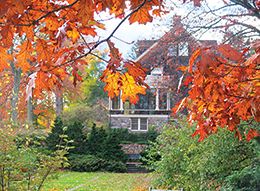
Celebrating 50 years as a historic public garden and education resource, Reeves-Reed Arboretum (RRA) is a living history museum which features the Wisner House and several outbuildings on 13.5 acres of pastoral lawns, woodland trails, a glacial bowl and historic gardens.
The buildings include galleries for cultural exhibits, classroom/workshop space for children and adult education programs in a historic carriage house, and a library which houses an extensive collection of historic documents, photos and books which are available for public access.
Summit Playhouse
908-273-2192 summitplayhouse.org
Twin Maples
214 Springfield Ave., Summit
twinmaplessummit.org
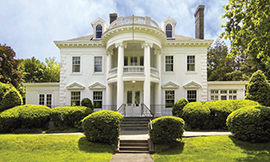
Twin Maples is an example of a suburban estate typical of those built in the Summit area between 1880 and 1920. This colonial revival style structure was built in 1908. The house was designed by Alfred F. Norris, a well-known New York and Montclair architect. It was erected with the finest materials and details of its time. It has an appearance similar to the “White House” in Washington. D.C. The house remained privately owned until 1949 when it was purchased by a women’s club founded in 1893, the Fortnightly Club of Summit.
During 2007-2008, the house underwent significant renovation to restore, modernize and beautify the property. Eco-Friendly, energy efficient and sustainable materials and systems were utilized throughout the process.
Wallace Chapel A.M.E. Zion Church
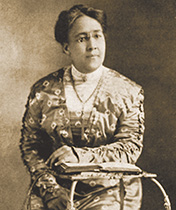
Wallace Chapel A.M.E. Zion Church is listed on the National and State Registers of Historic Places. Florence Spearing Randolph was one of the first women in the A.M.E. Zion denomination to be ordained as a Deacon, to become an elder, and to obtain a license to preach. She served as pastor here from 1925 to 1946.
Randolph organized the New Jersey State Federation of Colored Women’s Clubs, which focused on issues of race, gender, and social inequality. She was a member of the Executive Committee of the New Jersey State Suffrage Association.
↑ Back to Top ↑
Union
Caldwell Parsonage⭐
909 Caldwell Ave,. Union
908-687-7977 | unionhistory.org or uniontwphistoricalsociety.webs.com
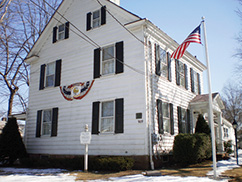
On June 7, 1780, after the battle of Connecticut Farms, retreating British and Hessian Troops passed the parsonage. A shot was fired through a bedroom window and Hannah Caldwell, the wife of James Caldwell, fell dead. Was it a mistake, or was it murder — an attempt to punish “the Fighting Parson” of the NJ militia and the Continental Army?
The British burned the Parsonage, the Connecticut Farms Presbyterian Church and other buildings in the area. The Parsonage was rebuilt two years later on its original foundation. An artist’s interpretation of Mrs. Caldwell’s death appears on the official Seal of Union County.
Today, the Parsonage contains furniture, clothing, personal belongings and other items relating to the families who established Connecticut Farms (which was incorporated as the Township of Union in 1808). Artifacts on display date from the 18th century to the early 20th century.
Liberty Hall Museum⭐
1003 Morris Avenue, Union | 908-527-0400 | libertyhall.kean.edu
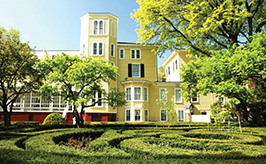
Built in 1772 on the eve of the American Revolution, Liberty Hall Museum at Kean University chronicles more than 240 years of American history. The former residence of William Livingston, New Jersey’s first elected governor and signer of the Constitution, Liberty Hall was originally constructed as a14-room home in the Georgian style, eventually expanding into the exquisite 50-room Victorian mansion you see today.
The museum houses extensive collections of furniture, ceramics, textiles, toys and tools owned by seven generations of the Livingston and Kean families. Descendants resided at Liberty Hall until 1995.
Connecticut Farms Church⭐
888 Stuyvesant Ave., Union
908-688-3164 | ctfarms.org
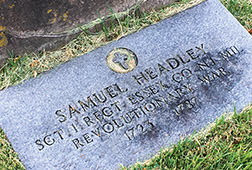
The First Presbyterian Congregation of Connecticut Farms was established here in 1730.
The original building served as a meeting house for public affairs on weekdays, and a house of worship on Sundays. British troops burned down the original church in 1780, during the Battle of Connecticut Farms. Its reconstruction was completed in 1788.
Congressman Donald M. Payne Vauxhall Meeting Center
333 Russell St., Vauxhall (Union)
908-688-2797 | vhs1860@yahoo.com
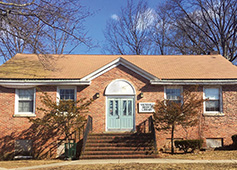
The Vauxhall Meeting Center is home to the Vauxhall Historical Society, which preserves and promotes the history of Vauxhall and surrounding areas. The Society focuses on the socio-economic, cultural, and political evolution of Vauxhall, from its early days as a farming community to its current status as a thriving urban center.
Vauxhall Historical Society maintains a collection of artifacts, documents, and photographs, as well as a research library that is open to the public. In addition to preserving local history, the Society also hosts events and educational programs, including lectures, exhibits and tours.
↑ Back to Top ↑
Westfield
Miller-Cory House⭐
614 Mountain Ave., Westfield
908-232-1776 | millercoryhouse.com
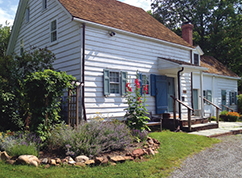
Eighteenth-Century outbuildings, herb and kitchen gardens help create a colonial atmosphere at the Miller-Cory House, where interactive tours engage the imagination of children and adults.
Built about 1740, the small, neat and authentically furnished farmhouse stands on its original site along the “road to the mountains.”
Burial Grounds at Presbyterian Church
137 Mountain Ave., Westfield (across from 140 Mountain Ave.)
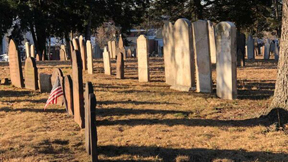
The Burial Grounds of the Presbyterian Church in the “West Fields of Elizabethtown” has been an active burial ground since 1737.
Set across the street from the church itself, it is the final resting place of founders of Westfield, veterans of American wars (including 73 veterans of the Revolutionary War), and many others.
The Burial Grounds serves the current congregation by maintaining an active section for cremation burials of church members. This cemetery is on the National Register of Historic Places.
Reeve History & Cultural Resource Center
314 Mountain Ave., Westfield
908-654-1794 | westfieldhistoricalsociety.org
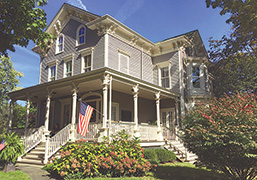
The Reeve History & Cultural Resource Center is located at the Westfield Historical Society headquarters. The Westfield Historical Society consists of the Reeve History & Cultural Resource Center (Reeve House) and the Miller Cory House Museum, located at 614 Mountain Ave, Westfield, NJ. The Reeve House is fully restored Victorian Italianate home, resplendent with many Victorian Antiques and artifacts from Westfield’s history.
The house originally built in 1872, was lived in until 1898 by the Stitt Family who owned the Westfield Hotel, and later by the Reeve Family from 1906 – 2001. William Reeve served Westfield through a variety of local projects including the establishment of the YMCA and the creation of Mindowaskin Park in 1918.
The Victorian home now serves the community as a historical resource center for Westfield as well as an exhibit center for special events throughout the year.
↑ Back to Top ↑
Photos from the Historic Sites
